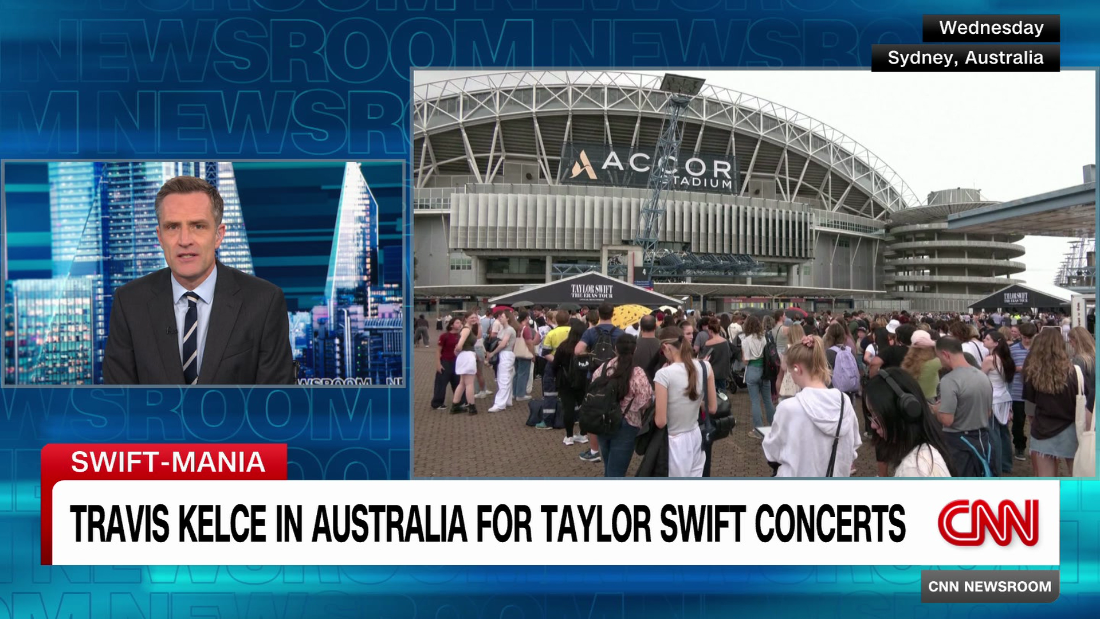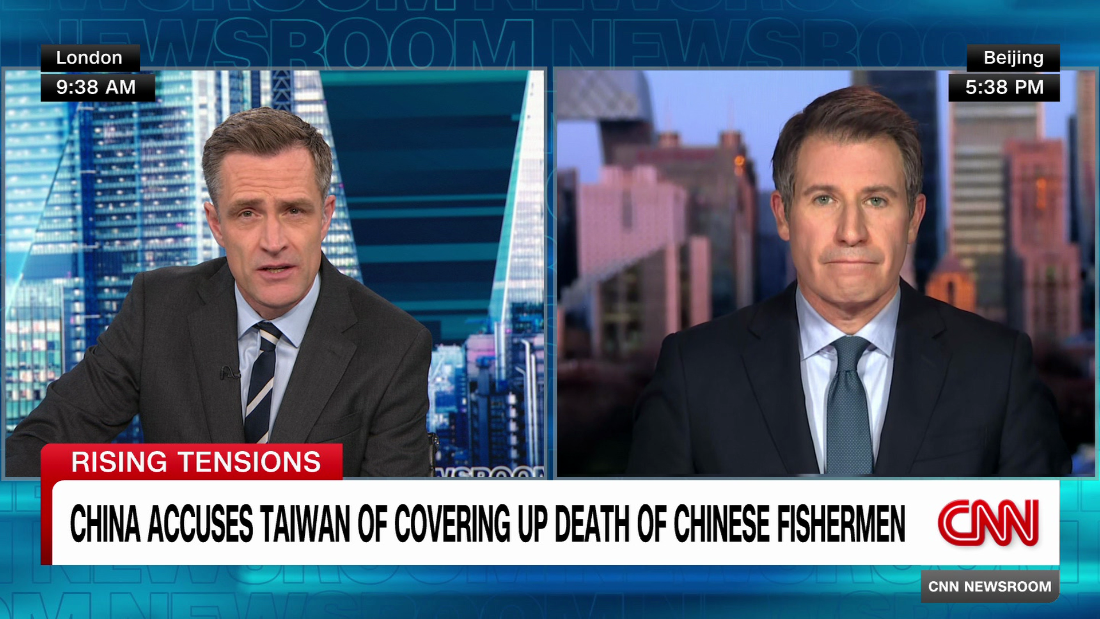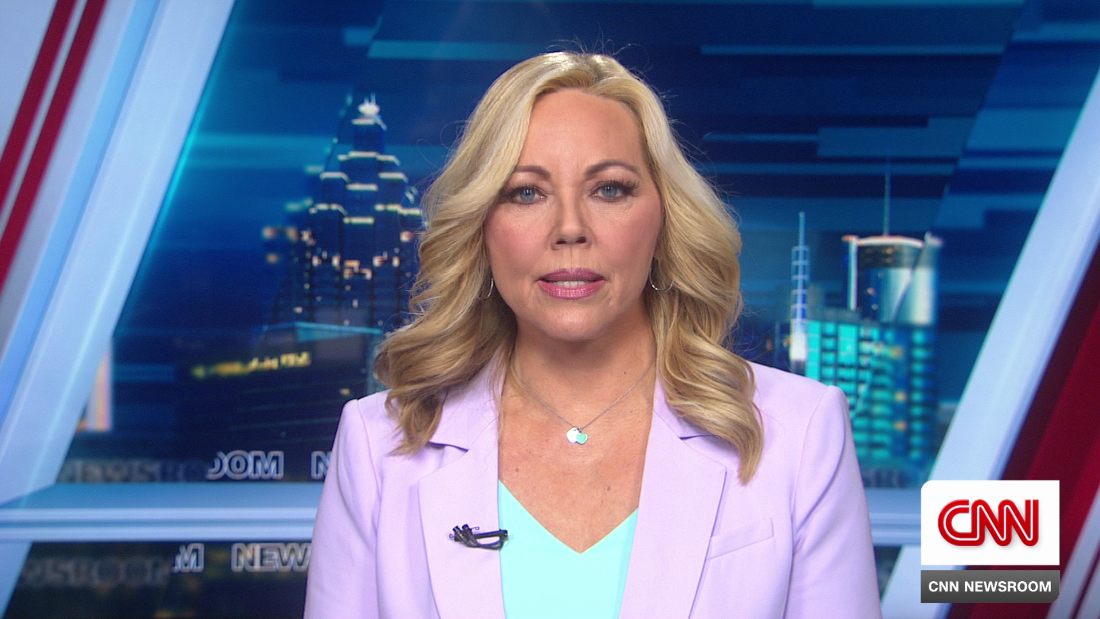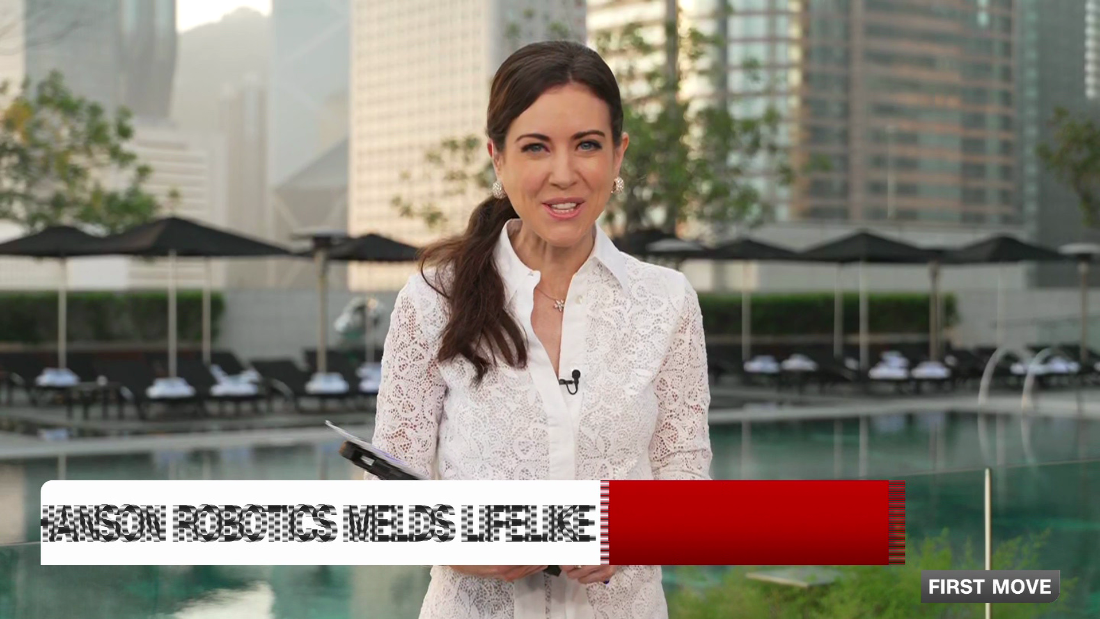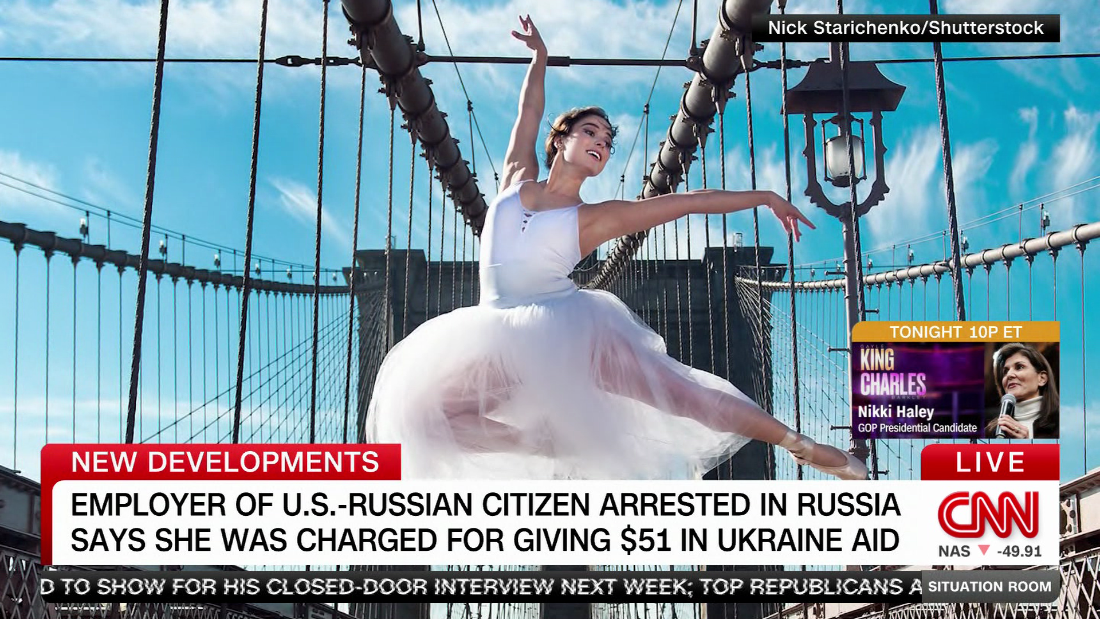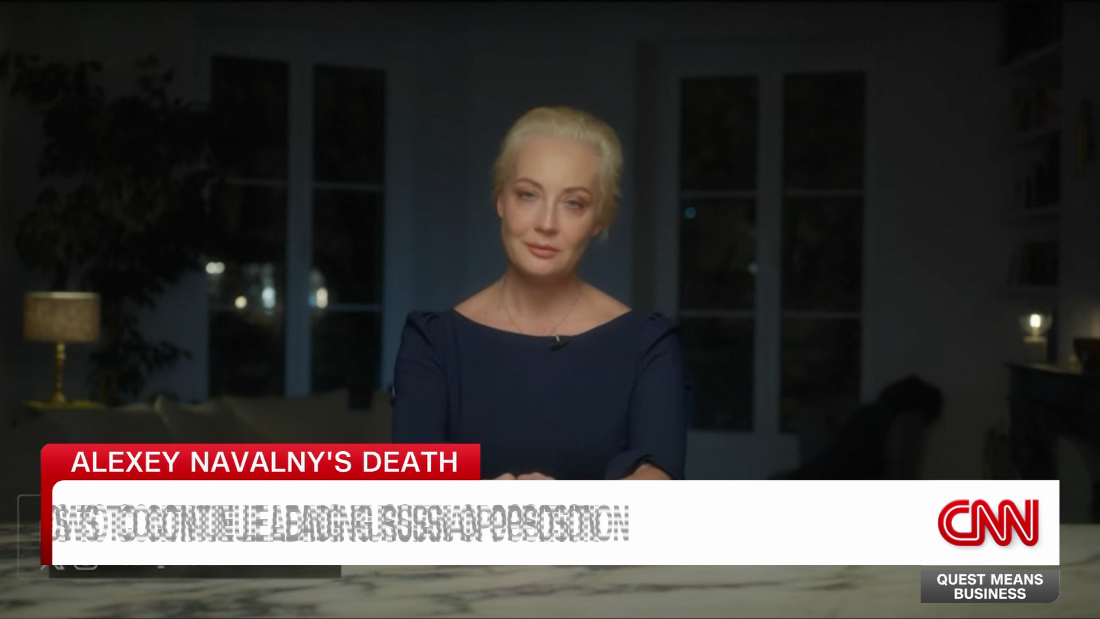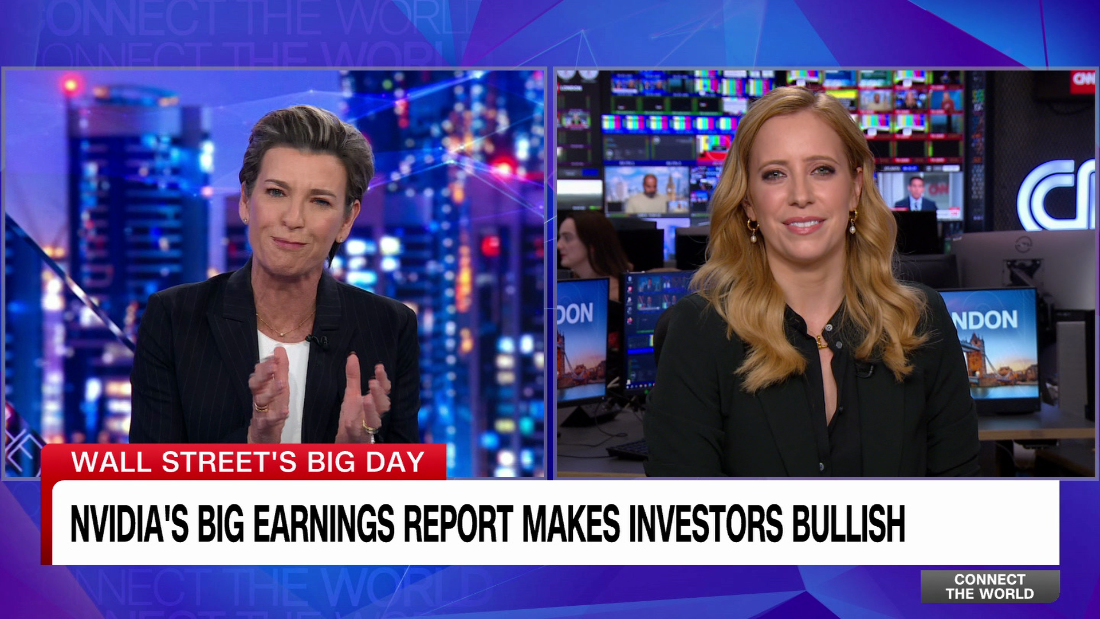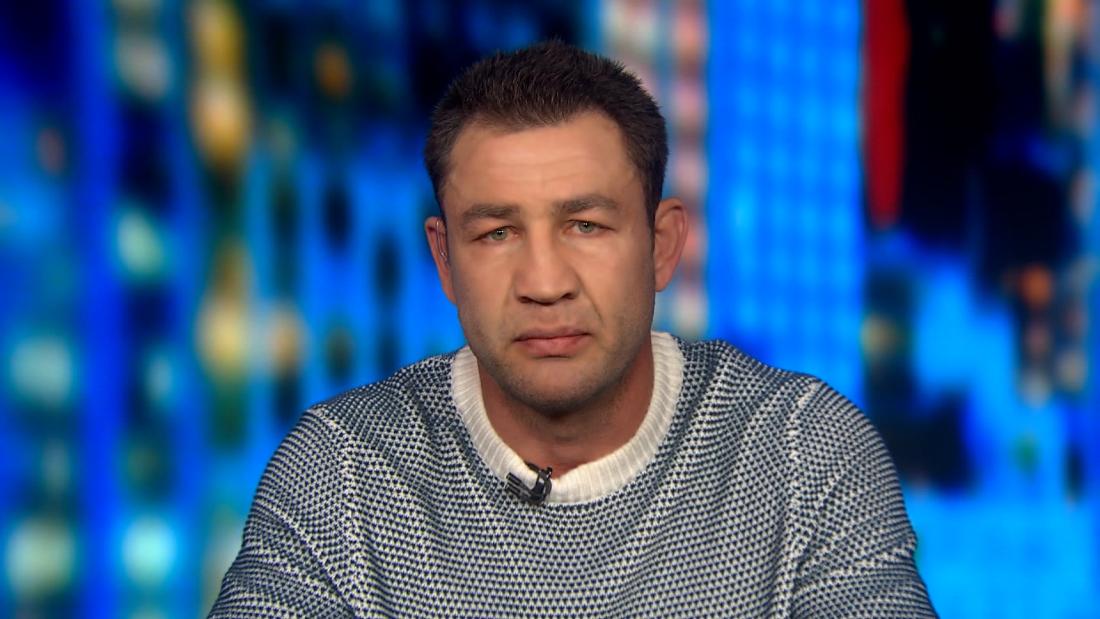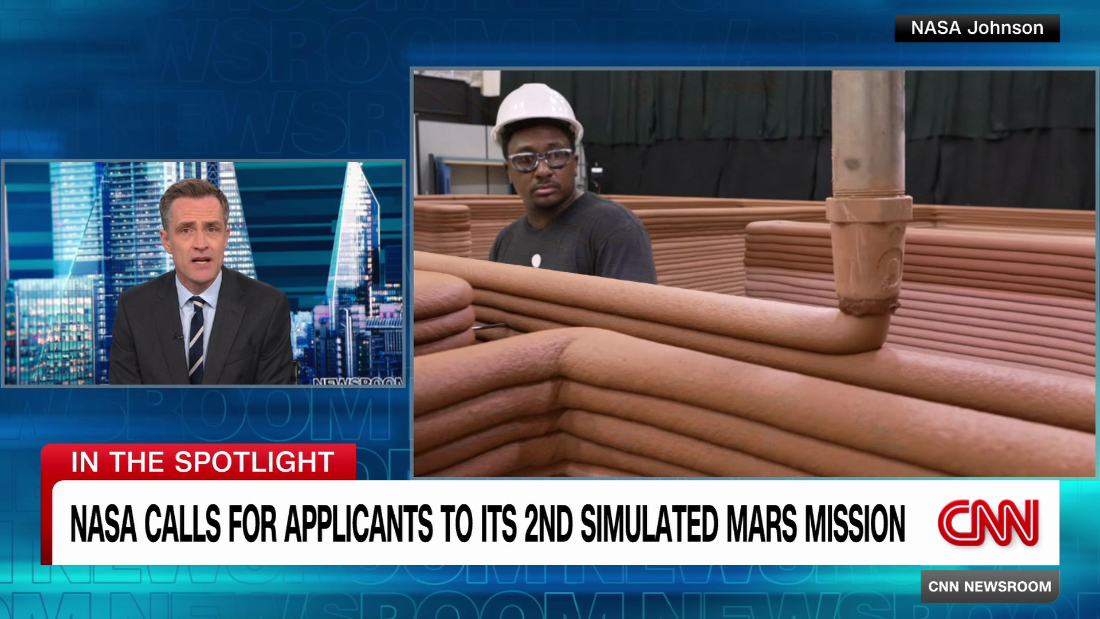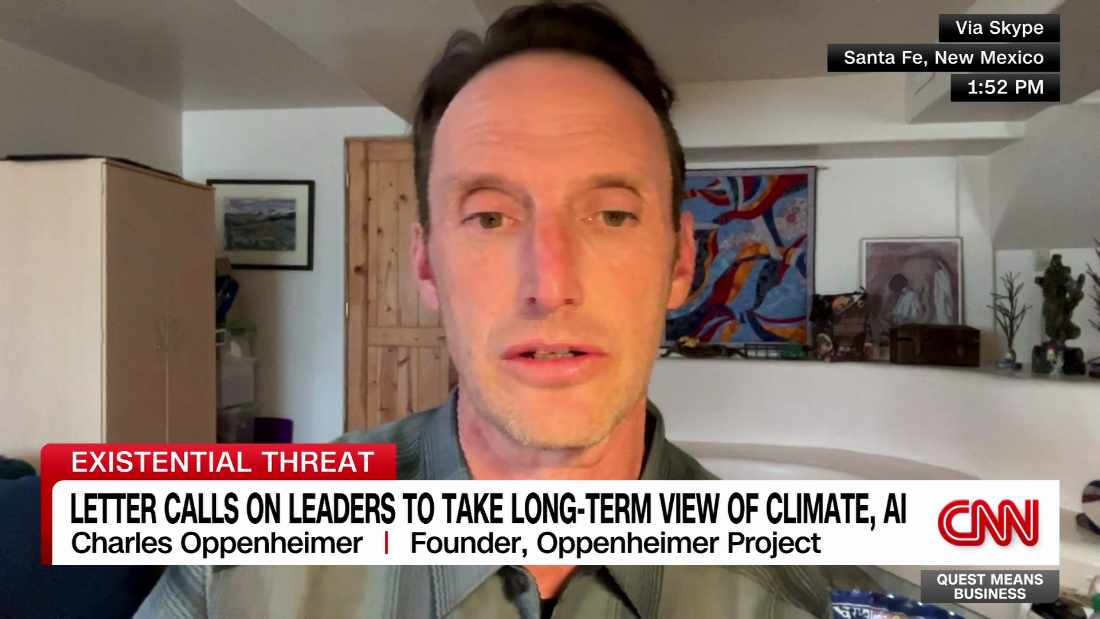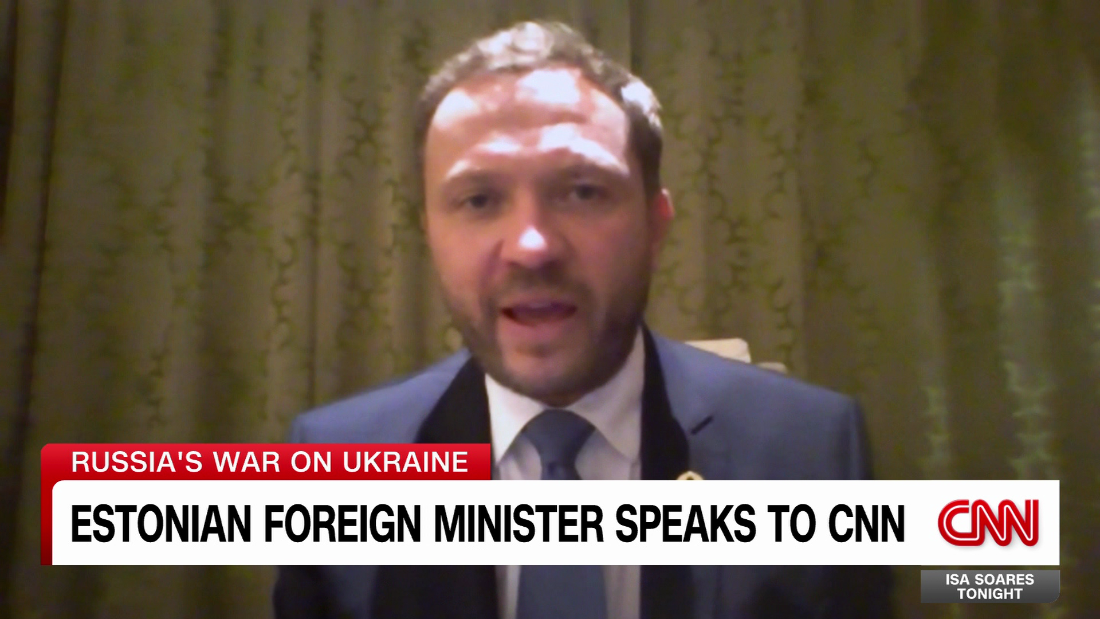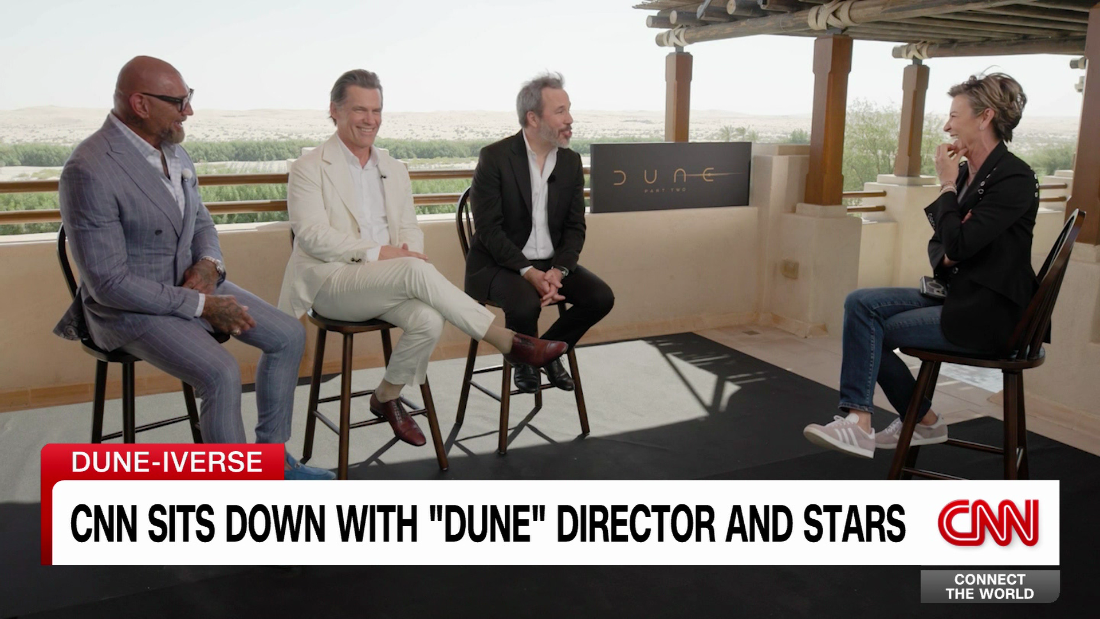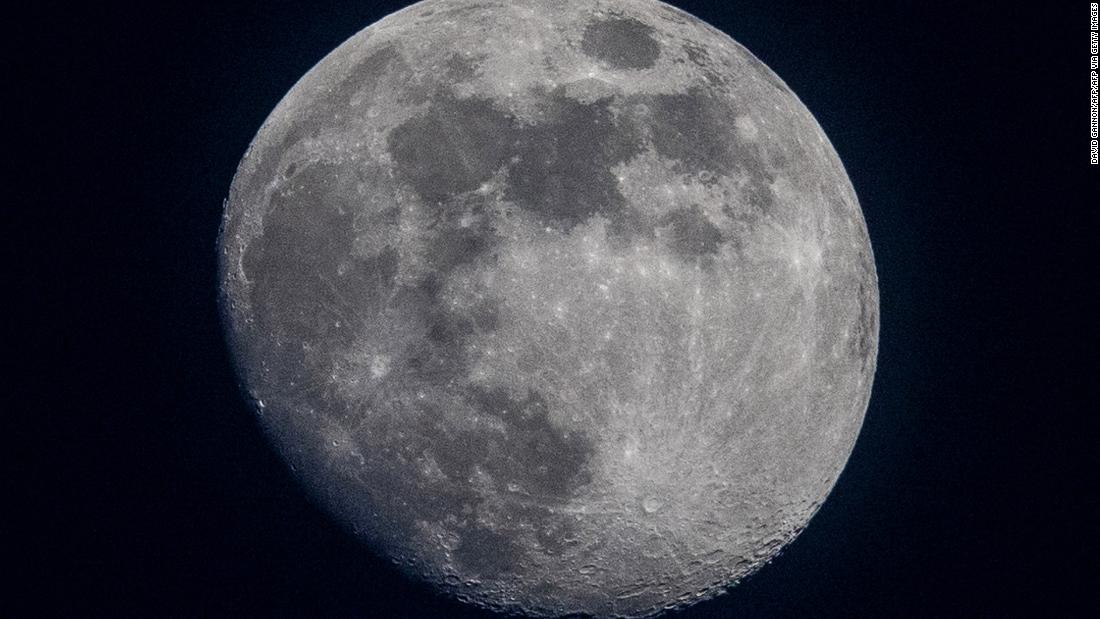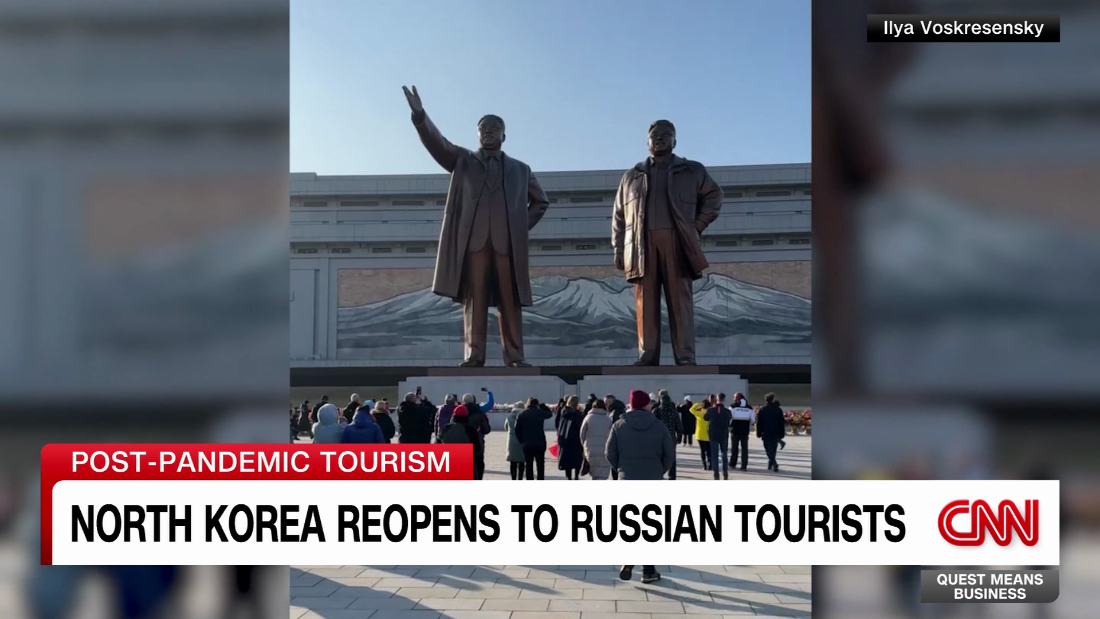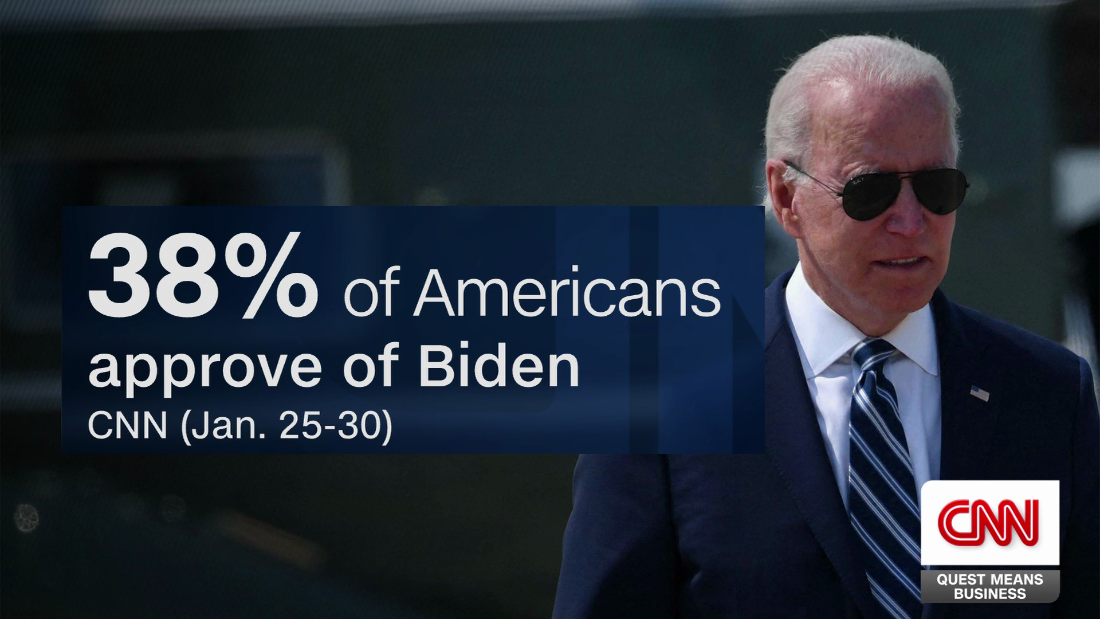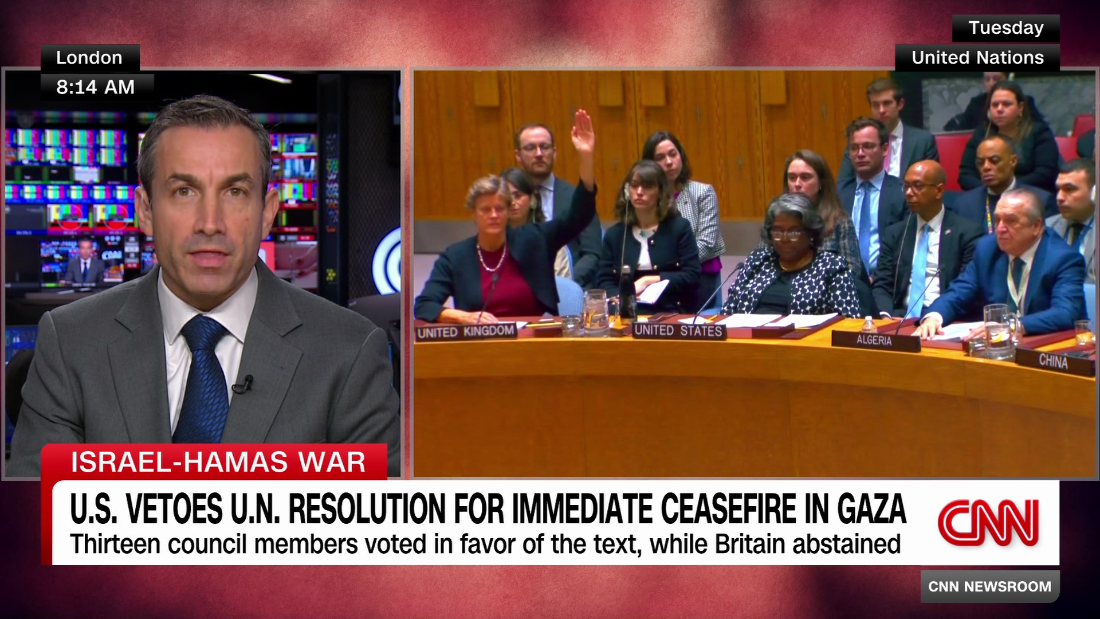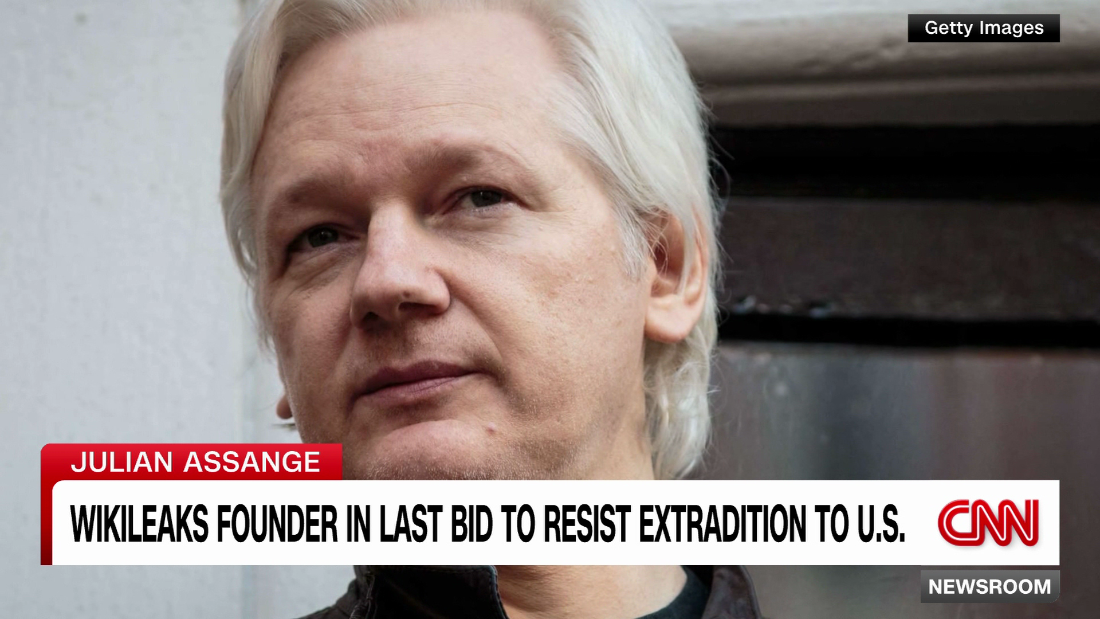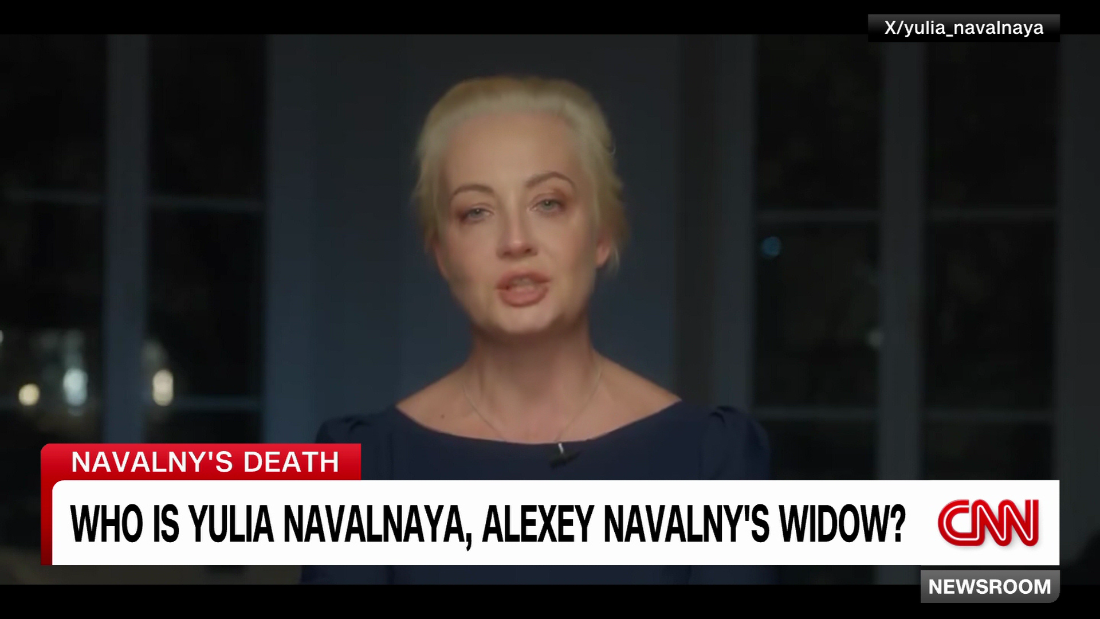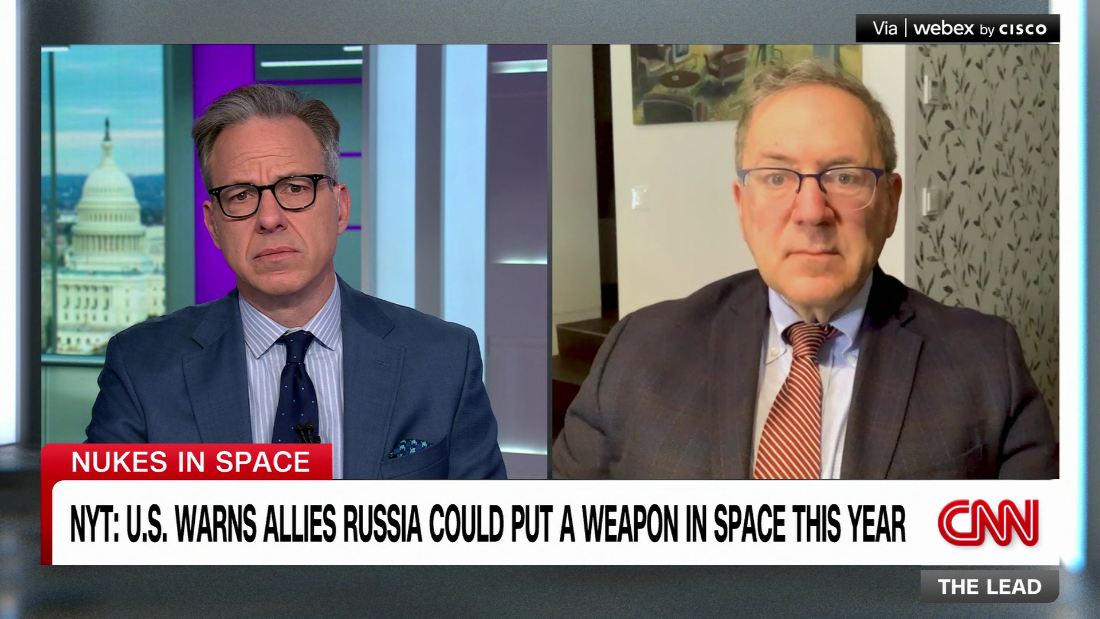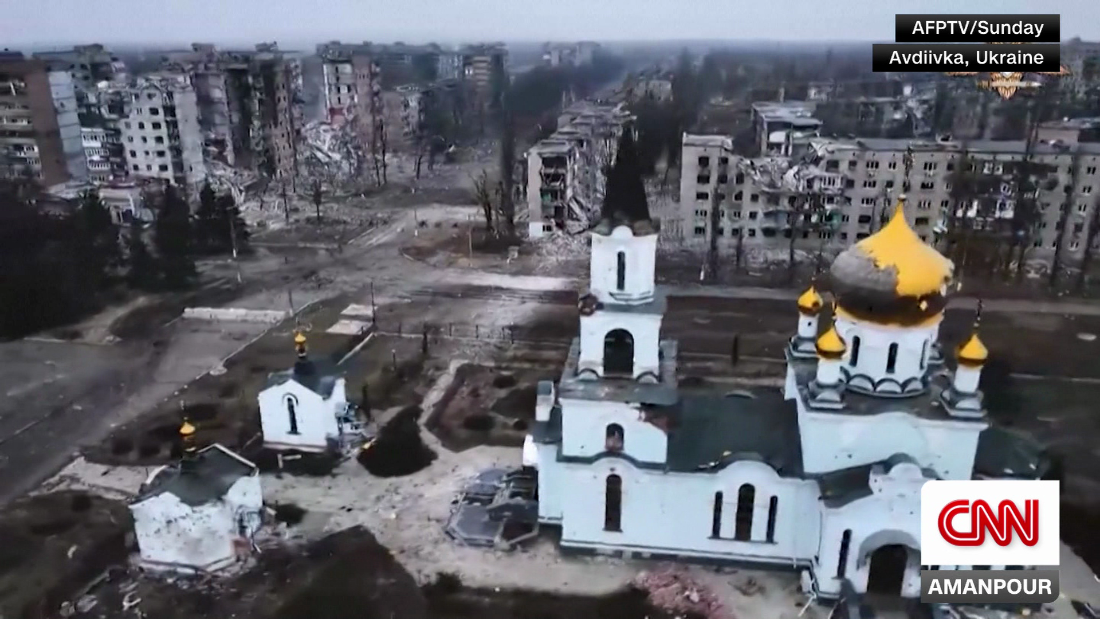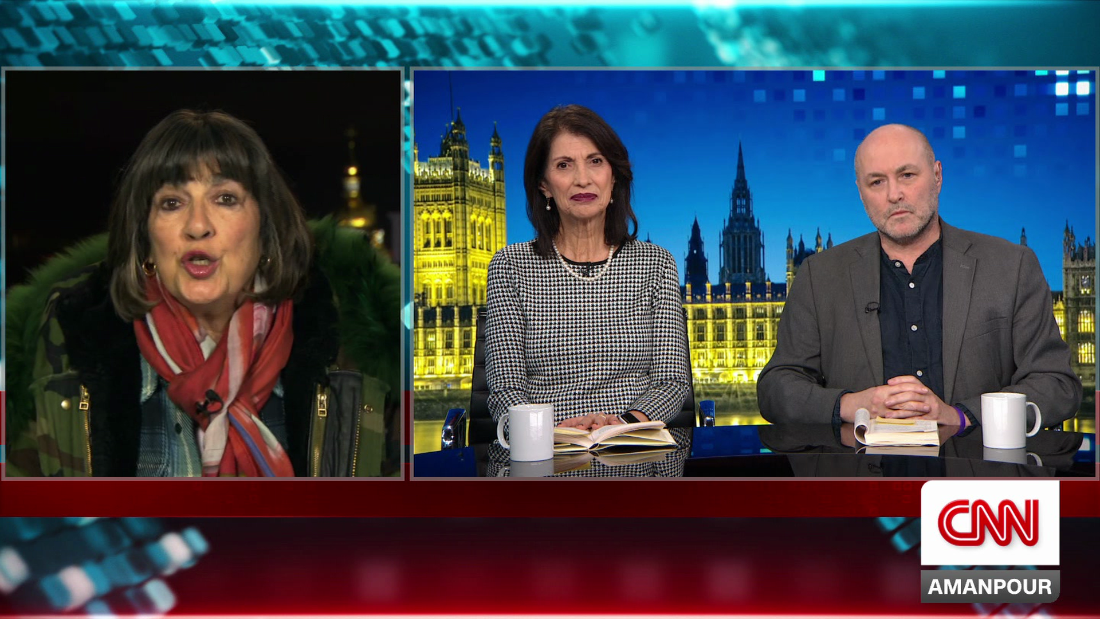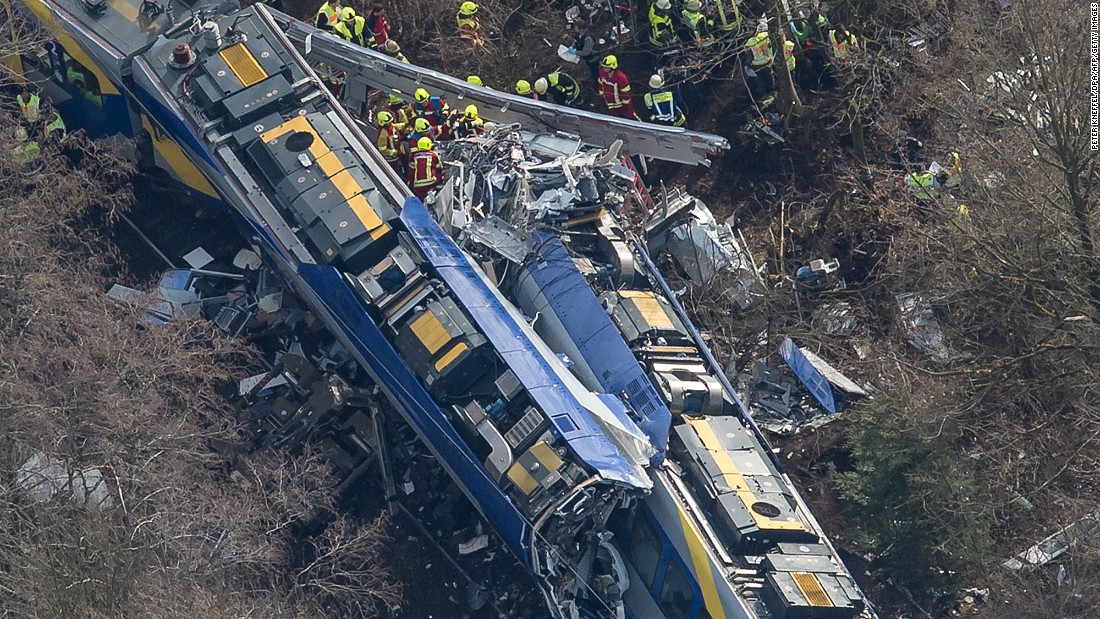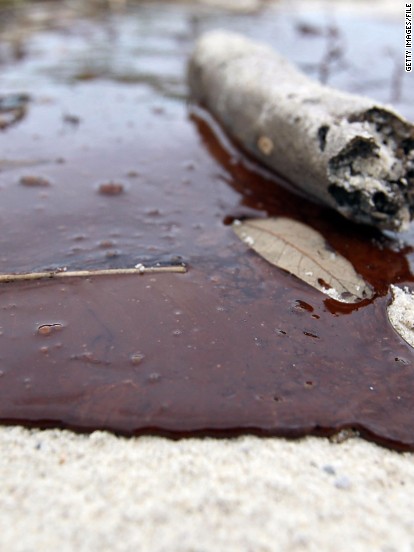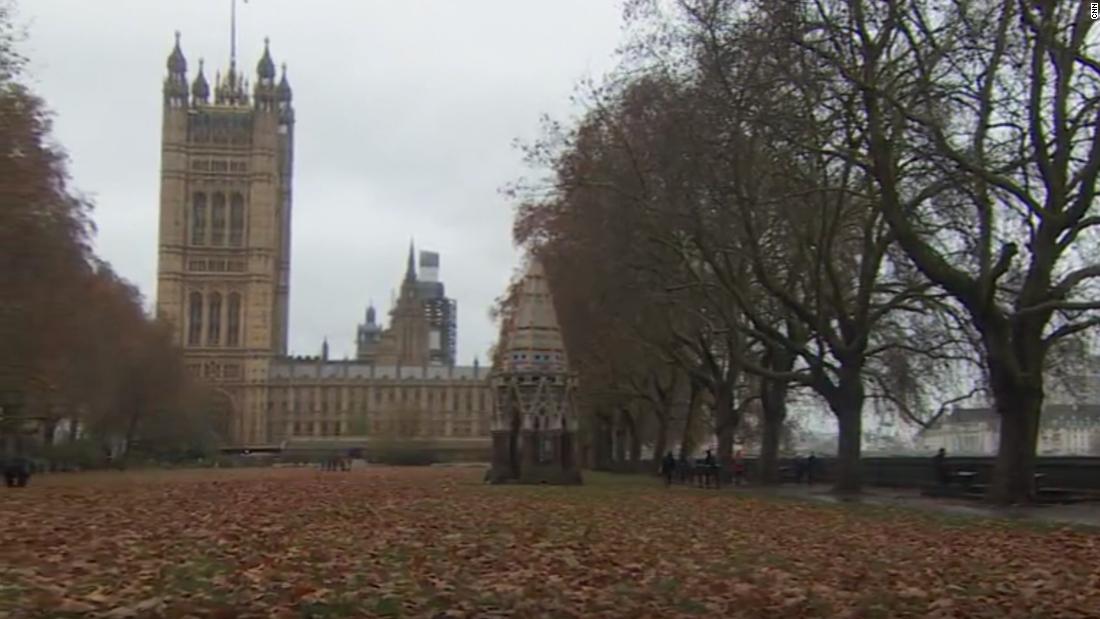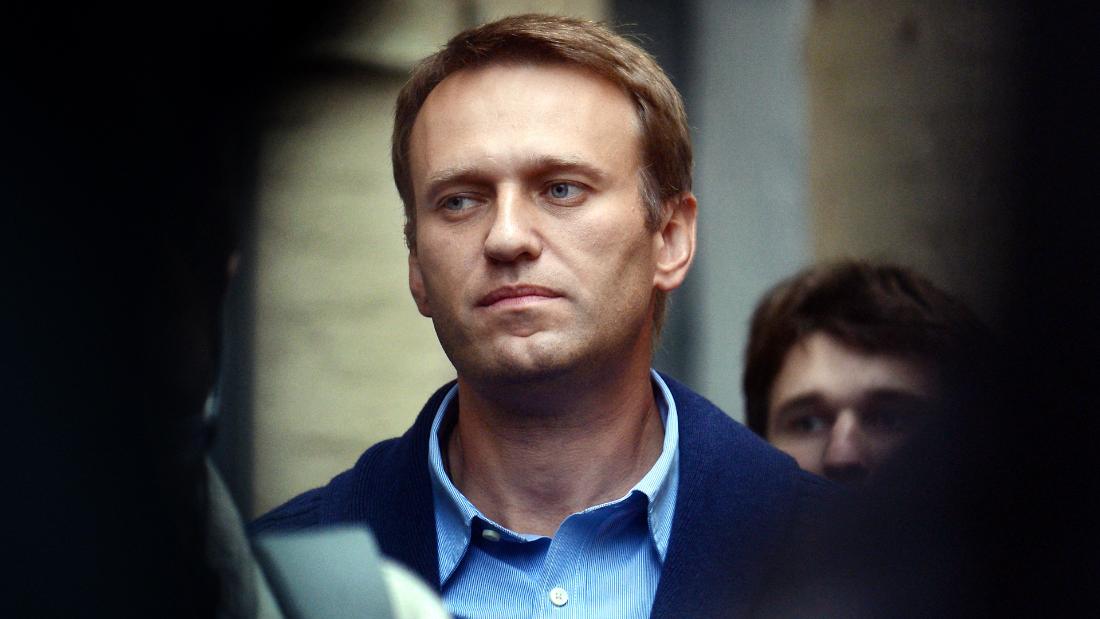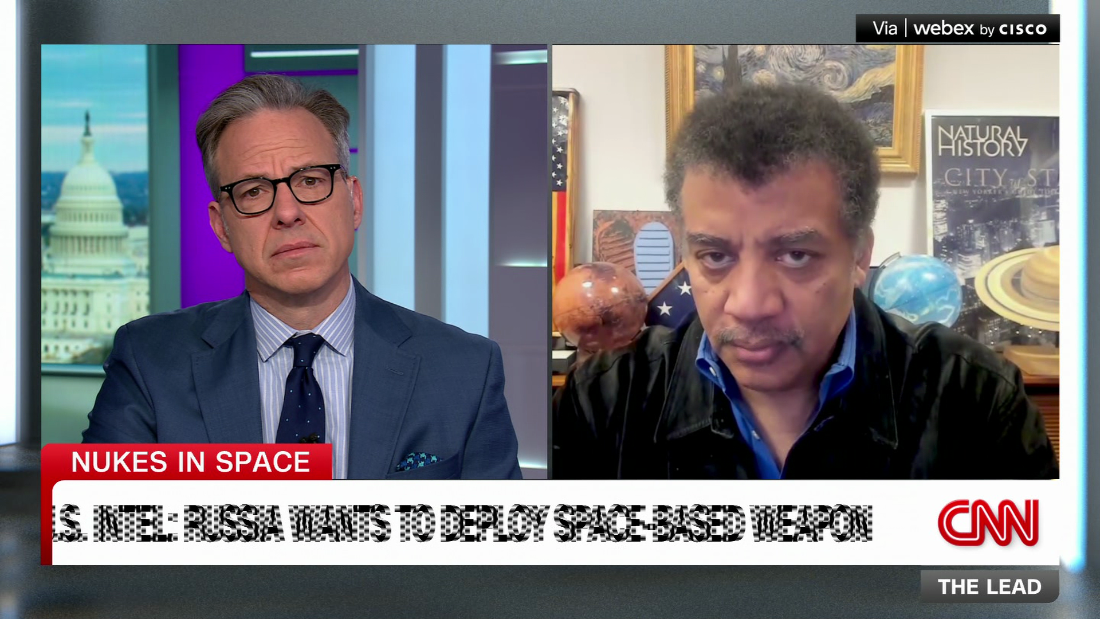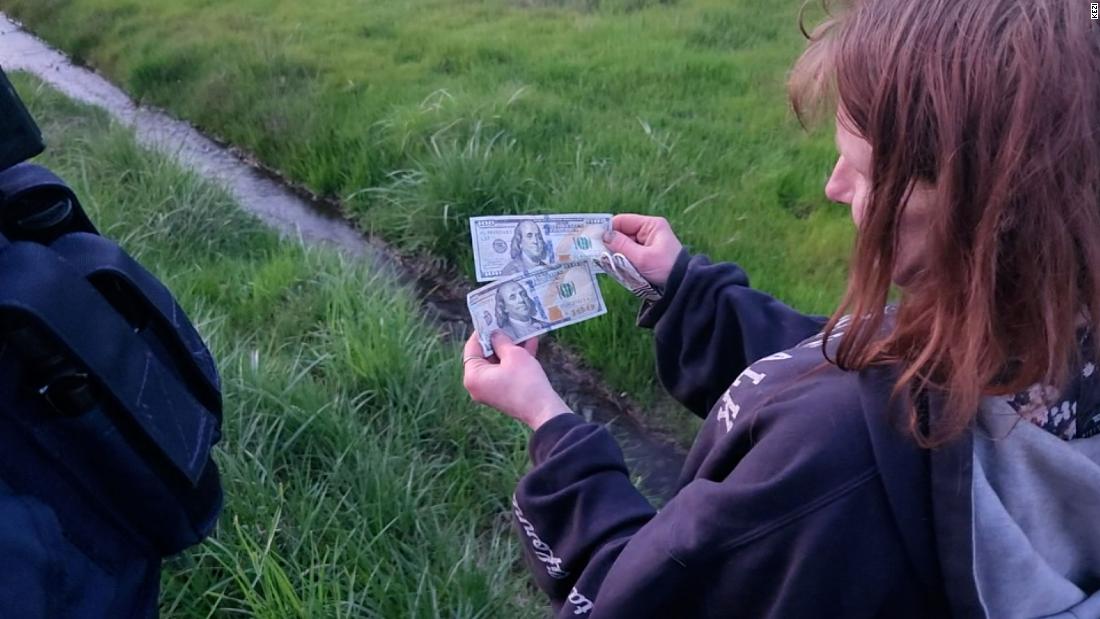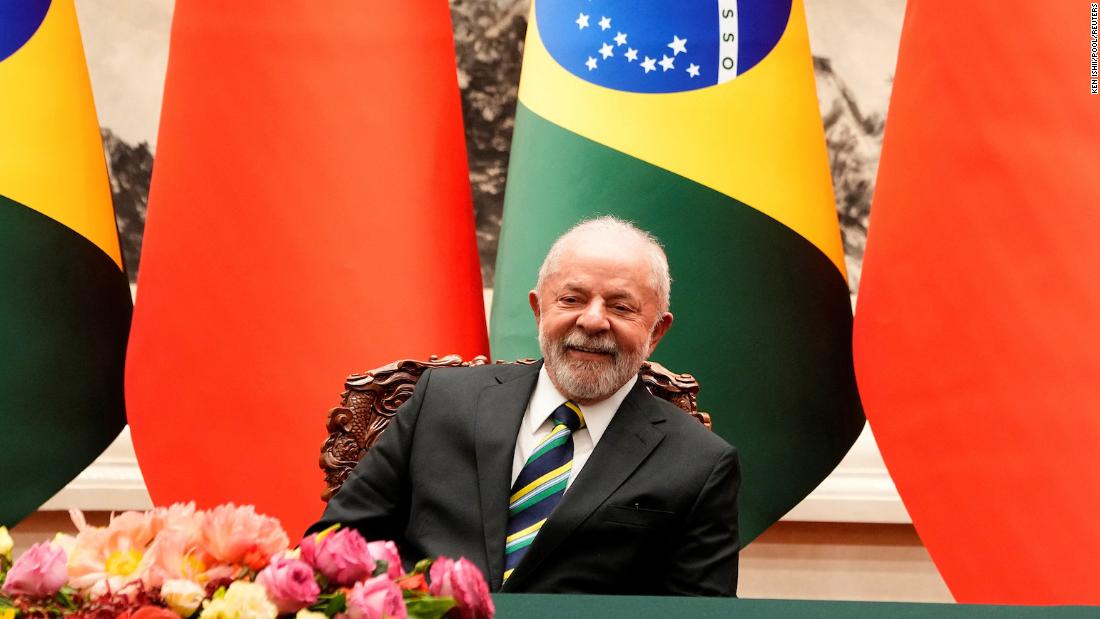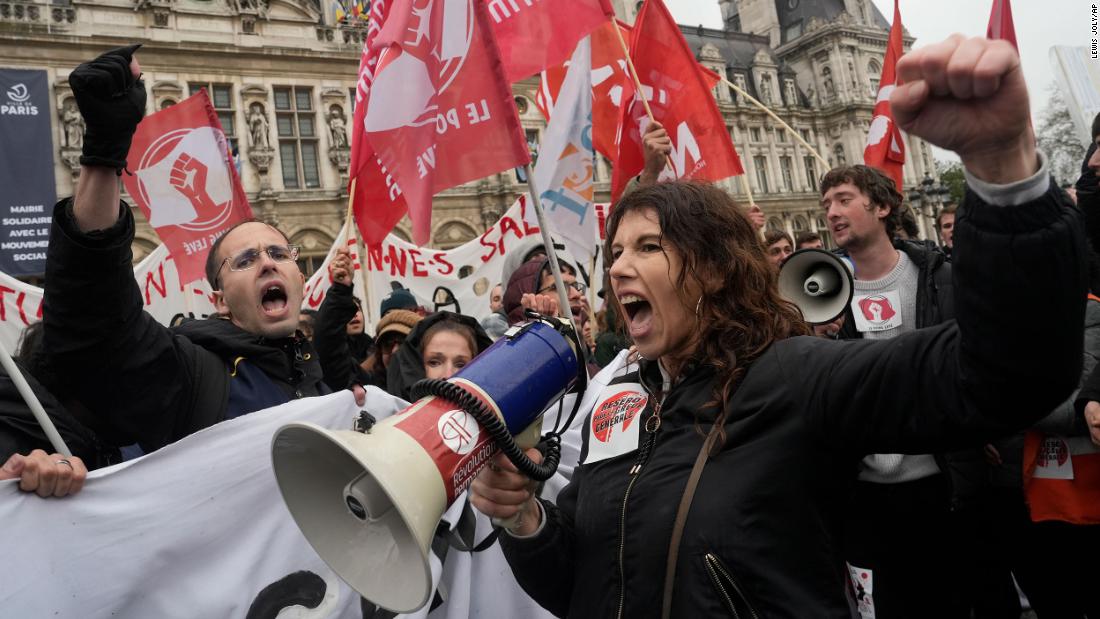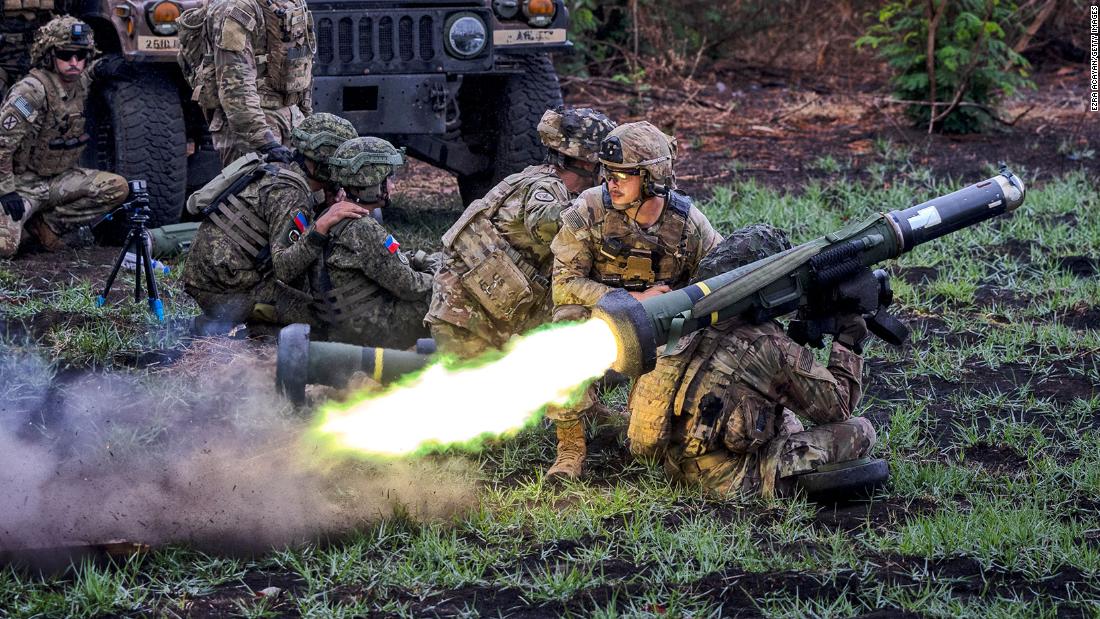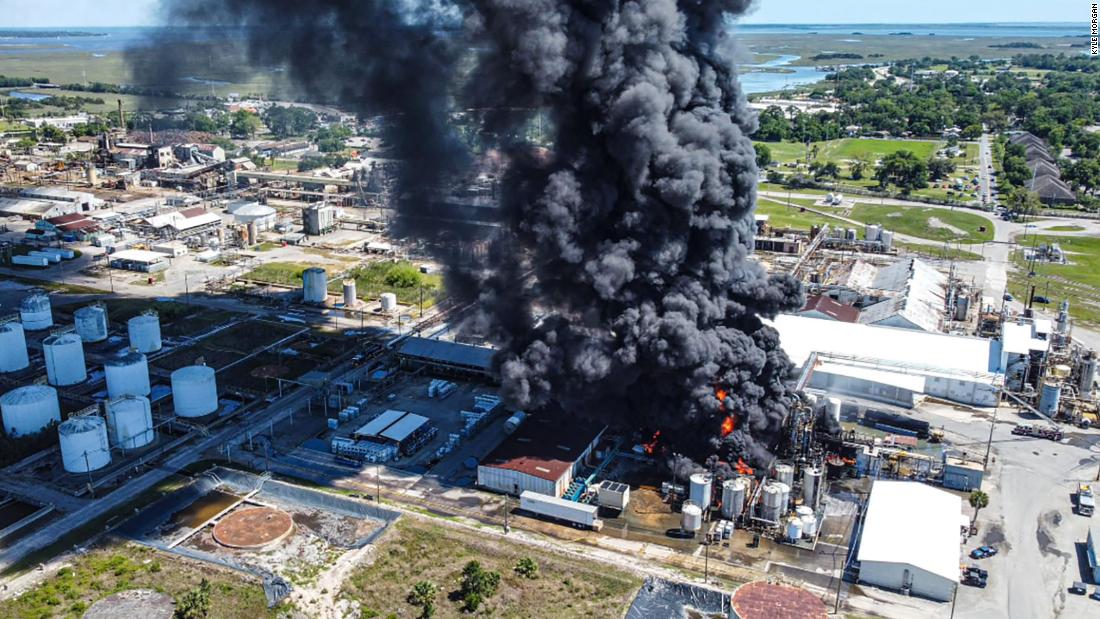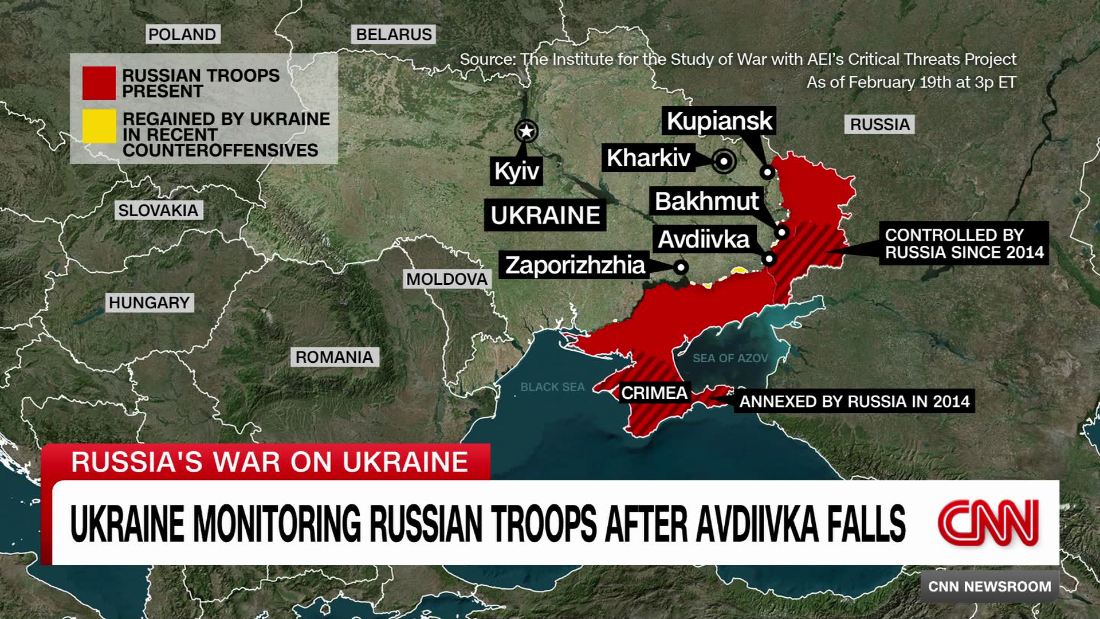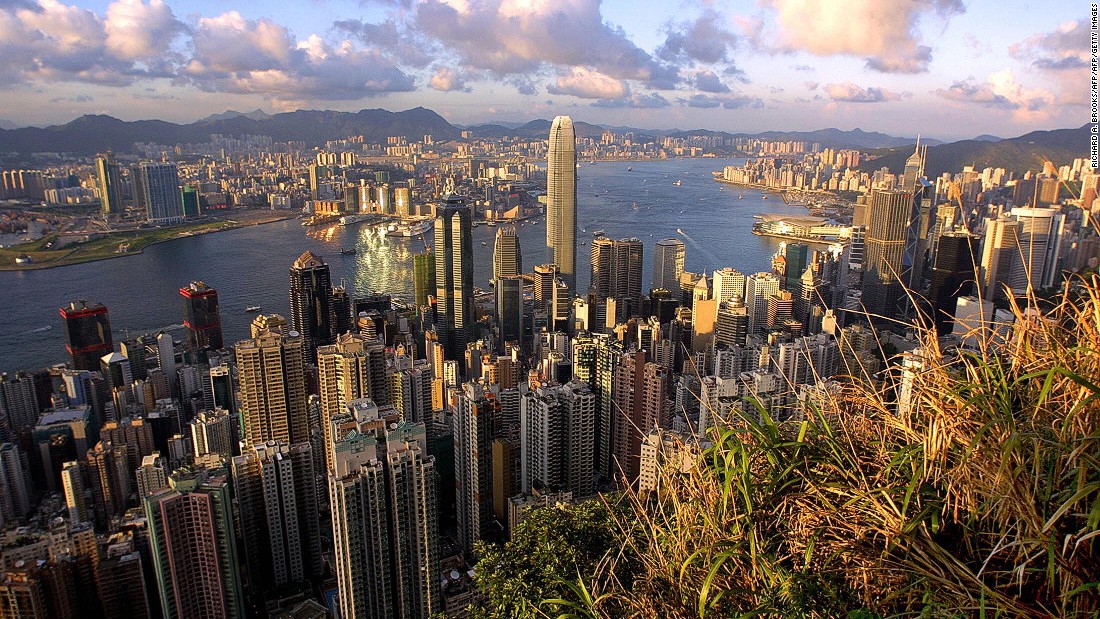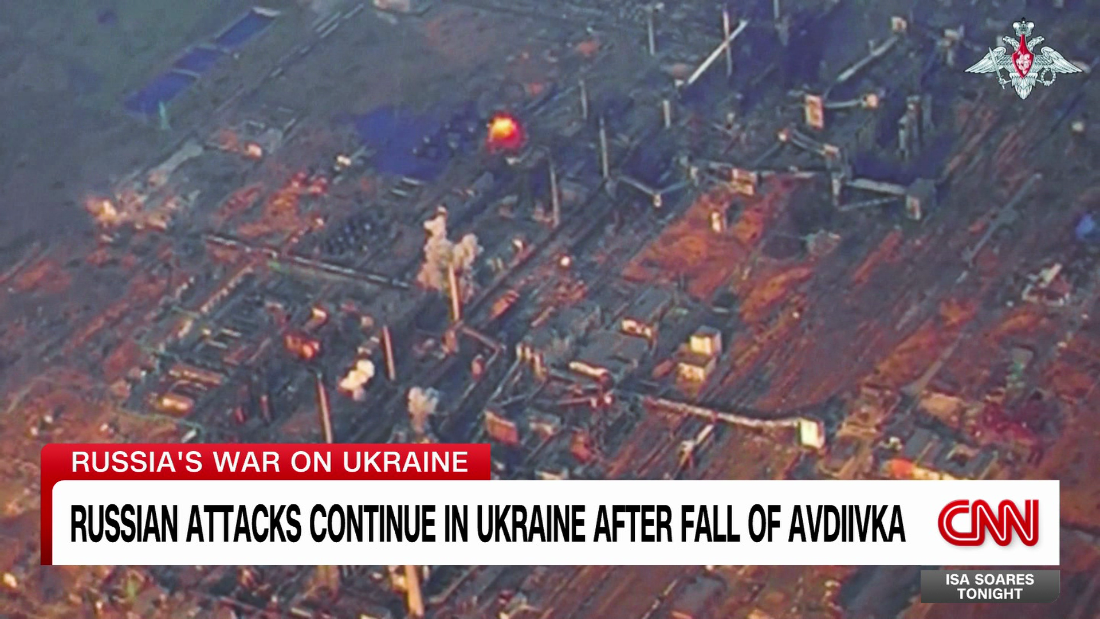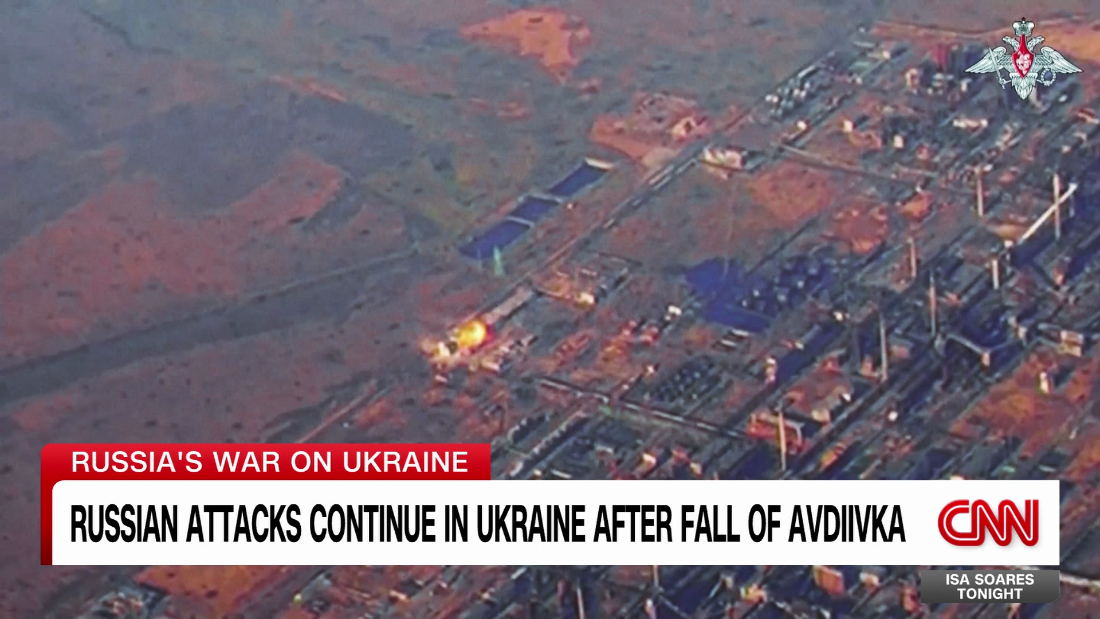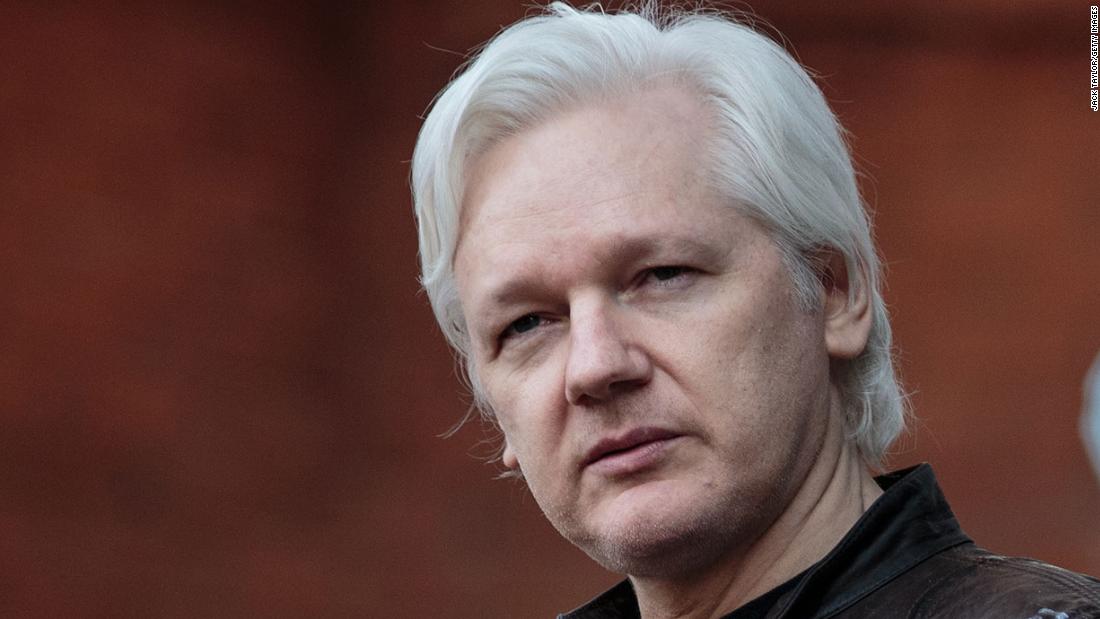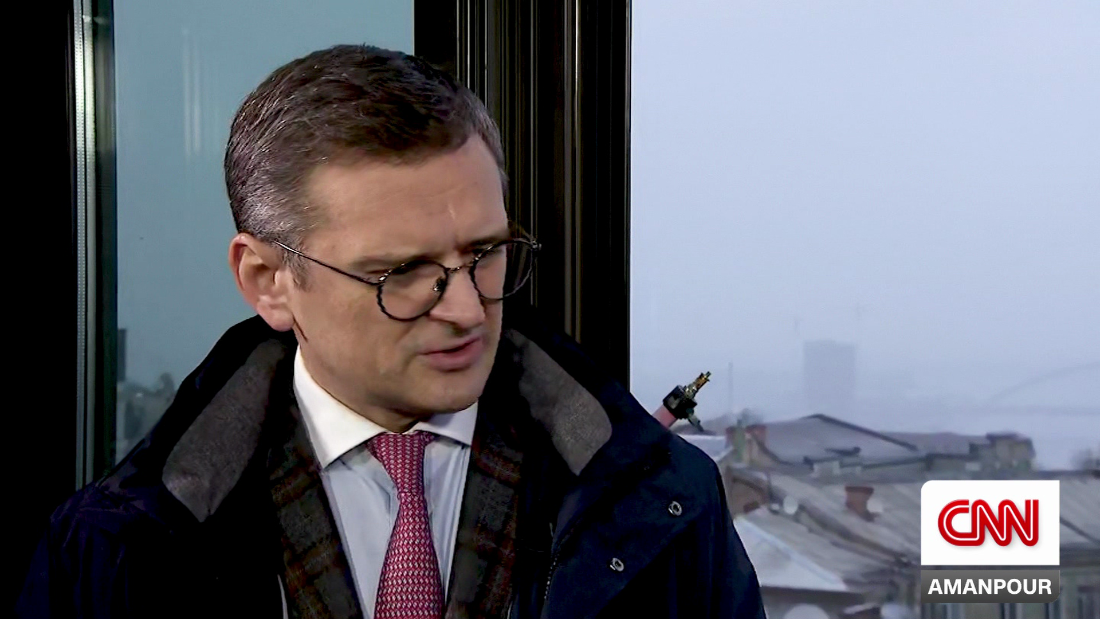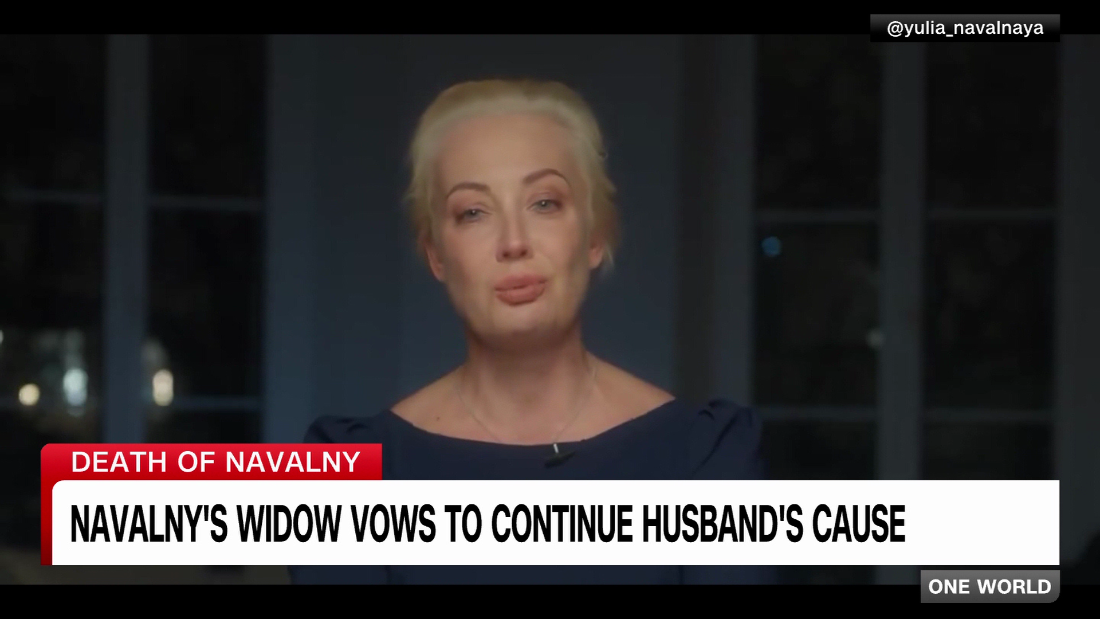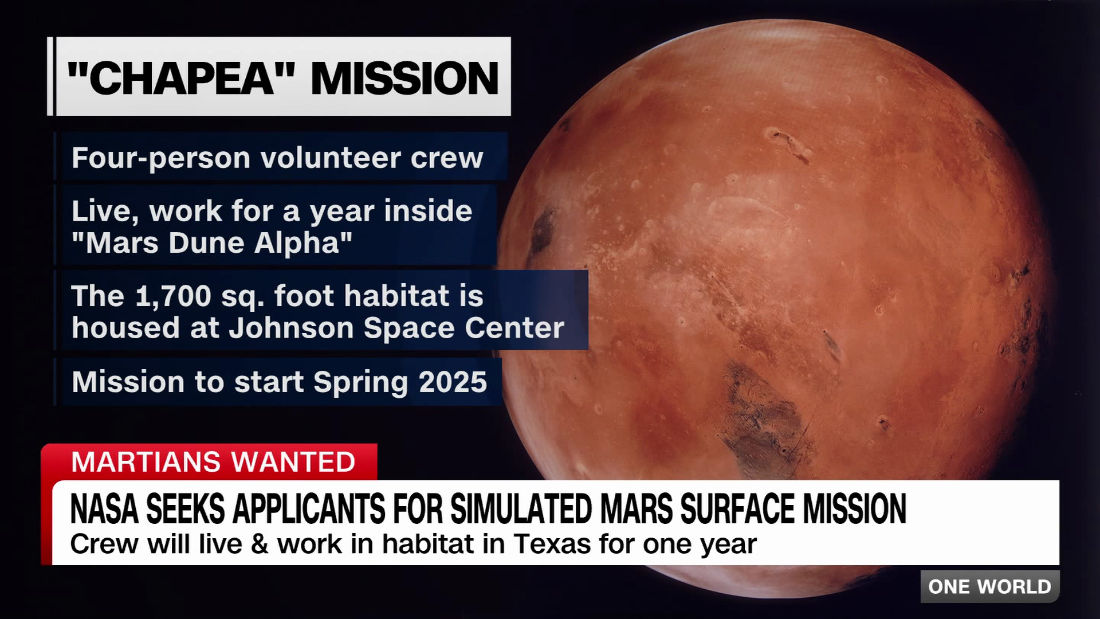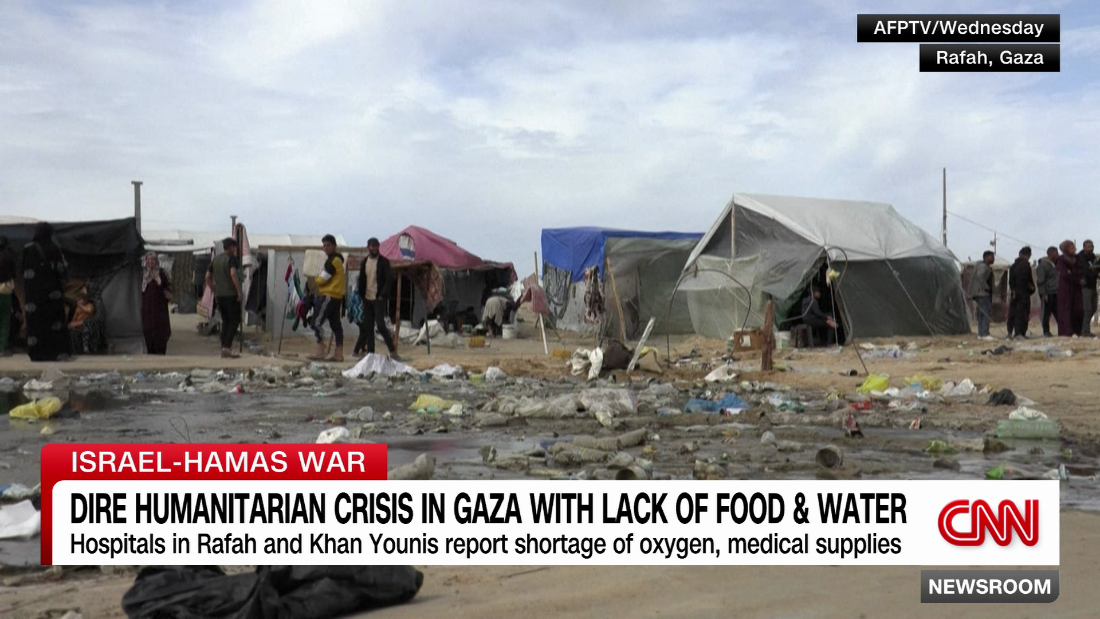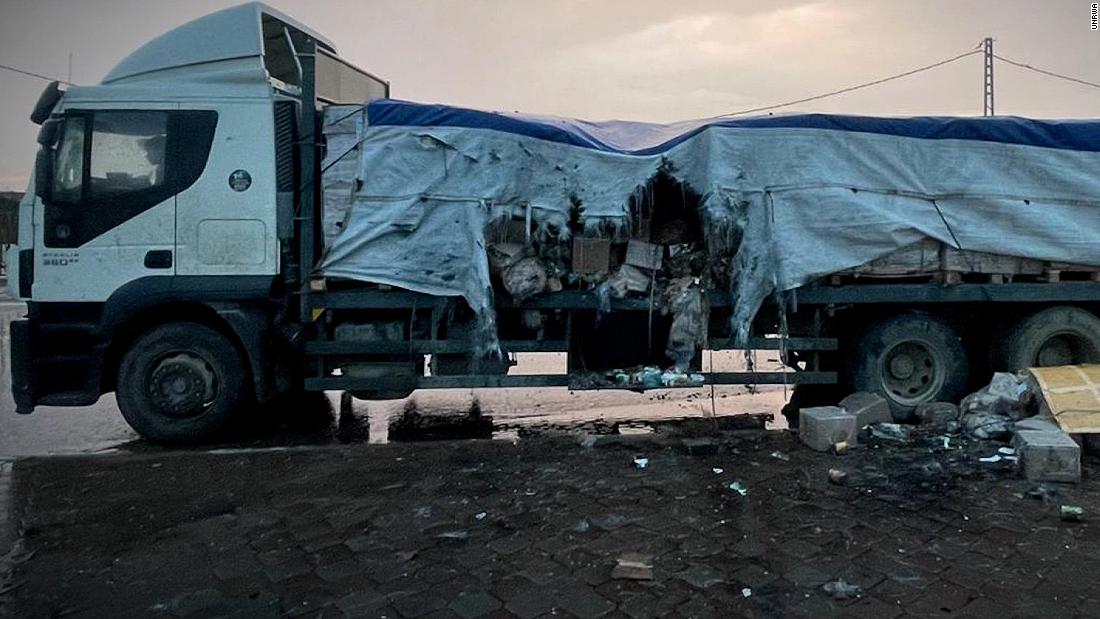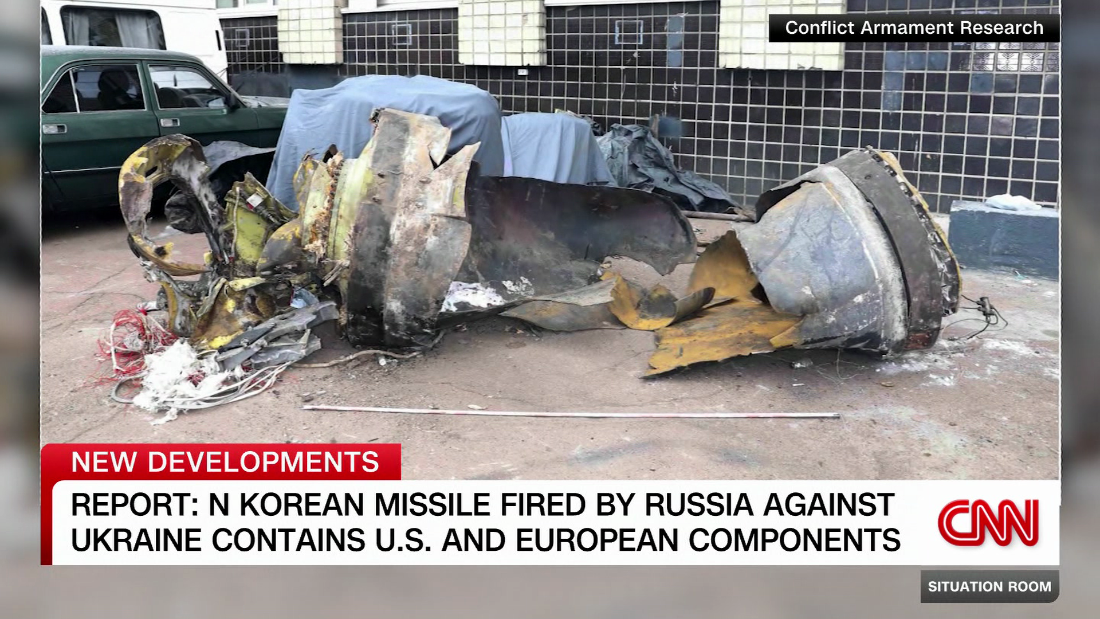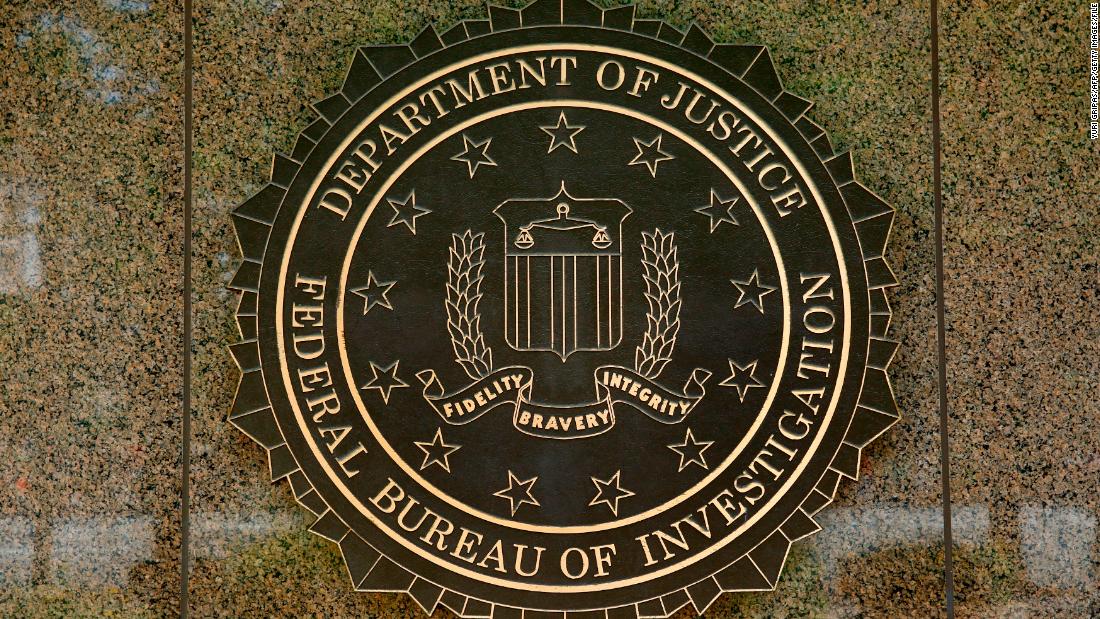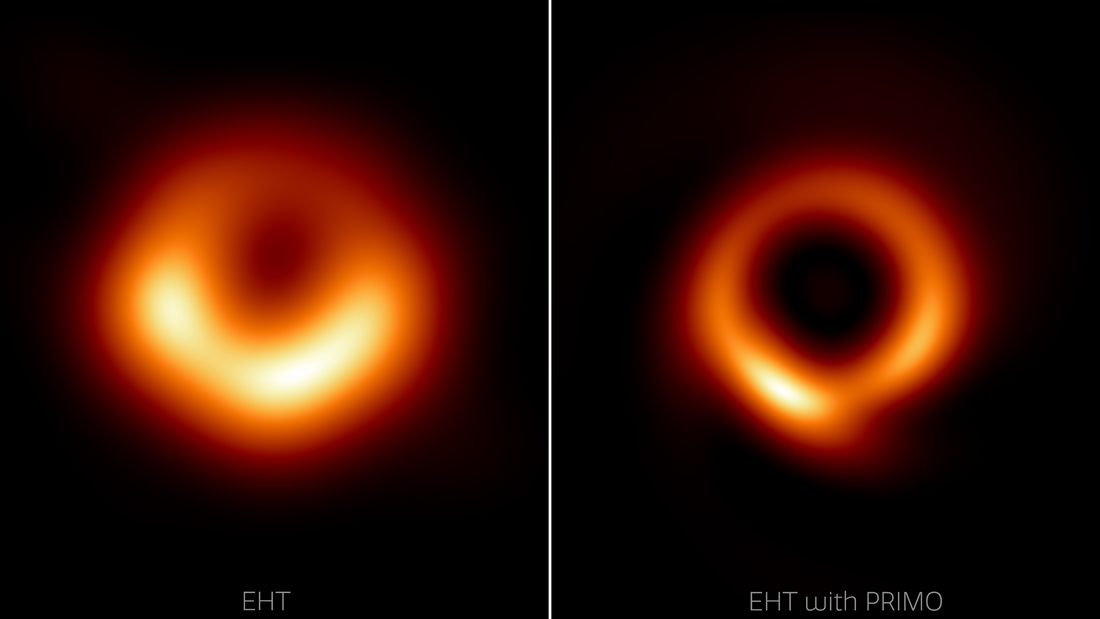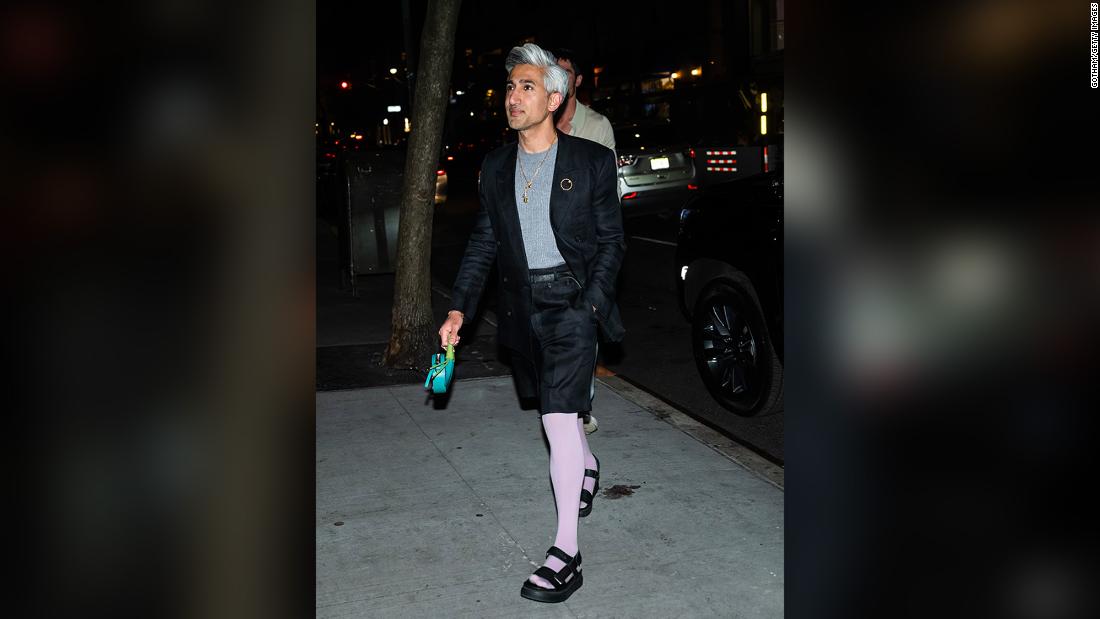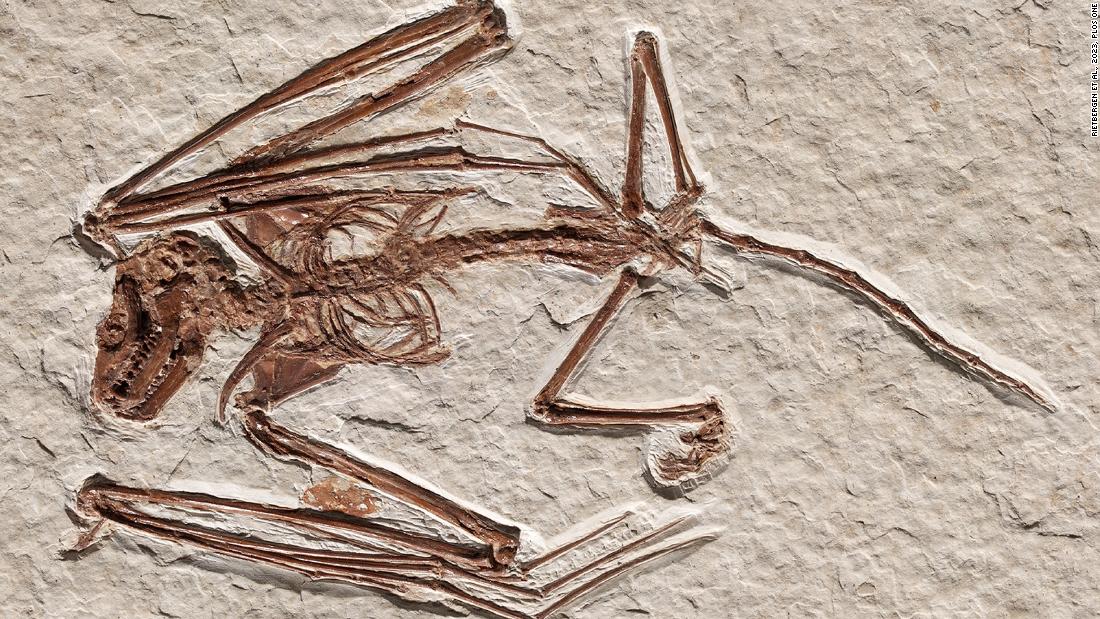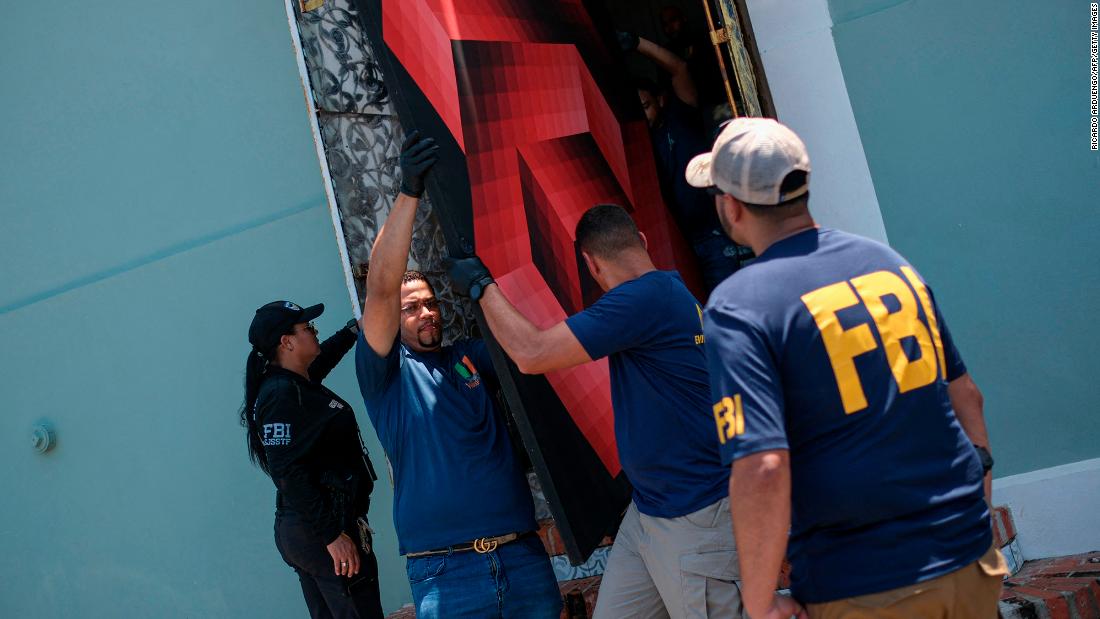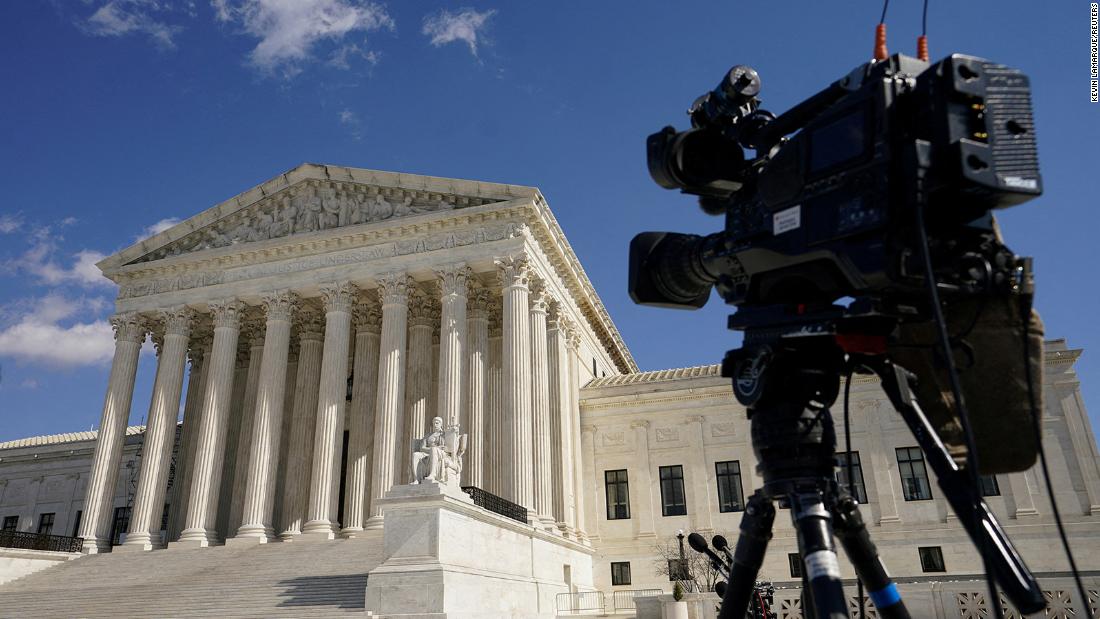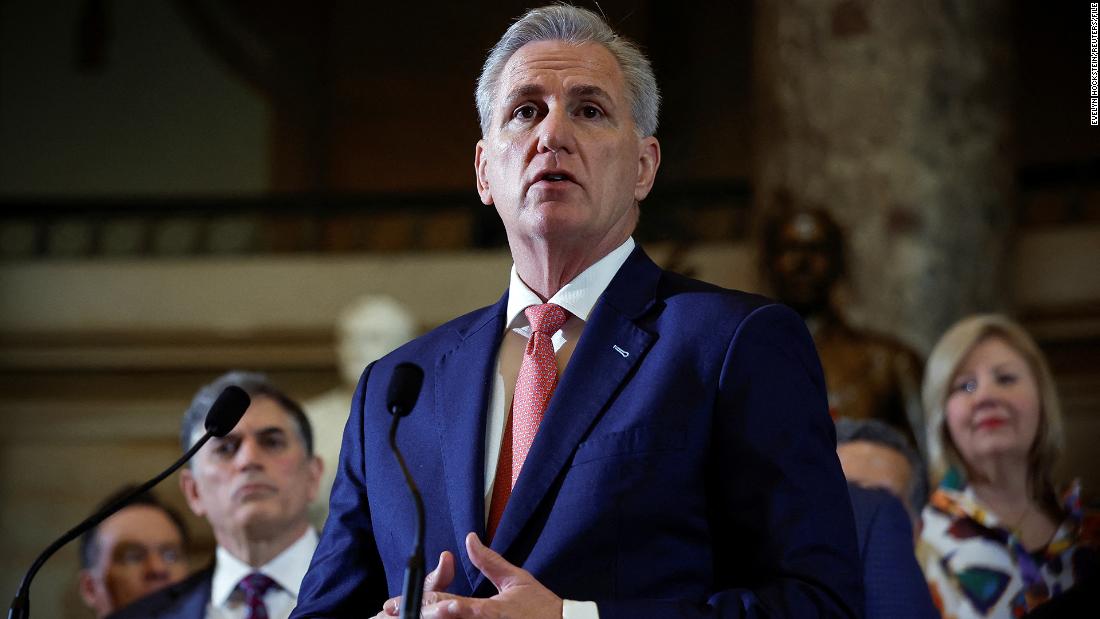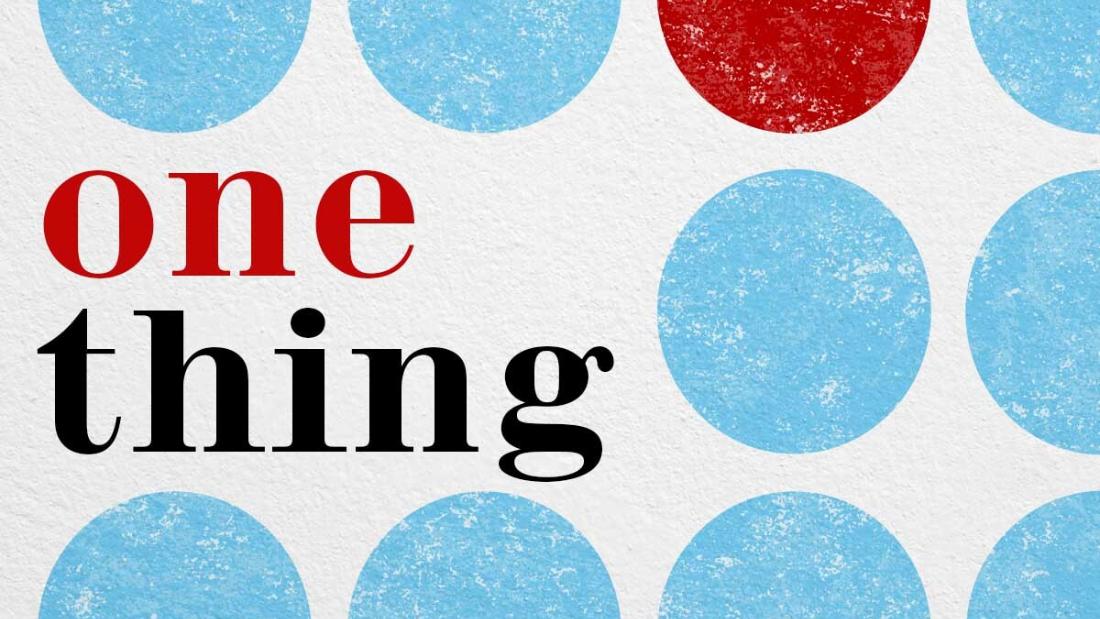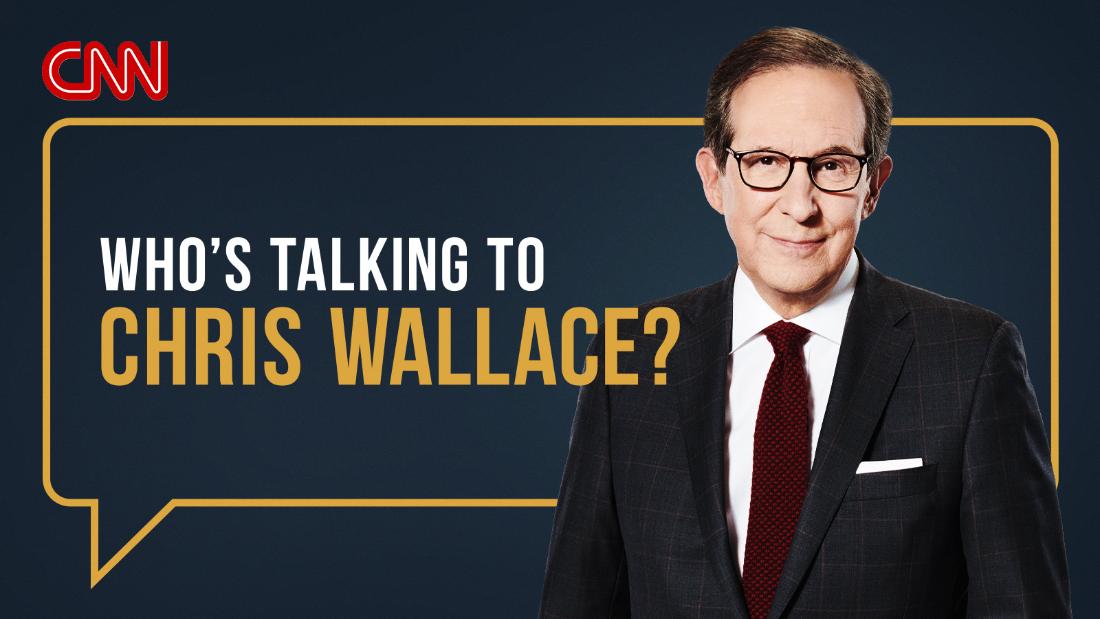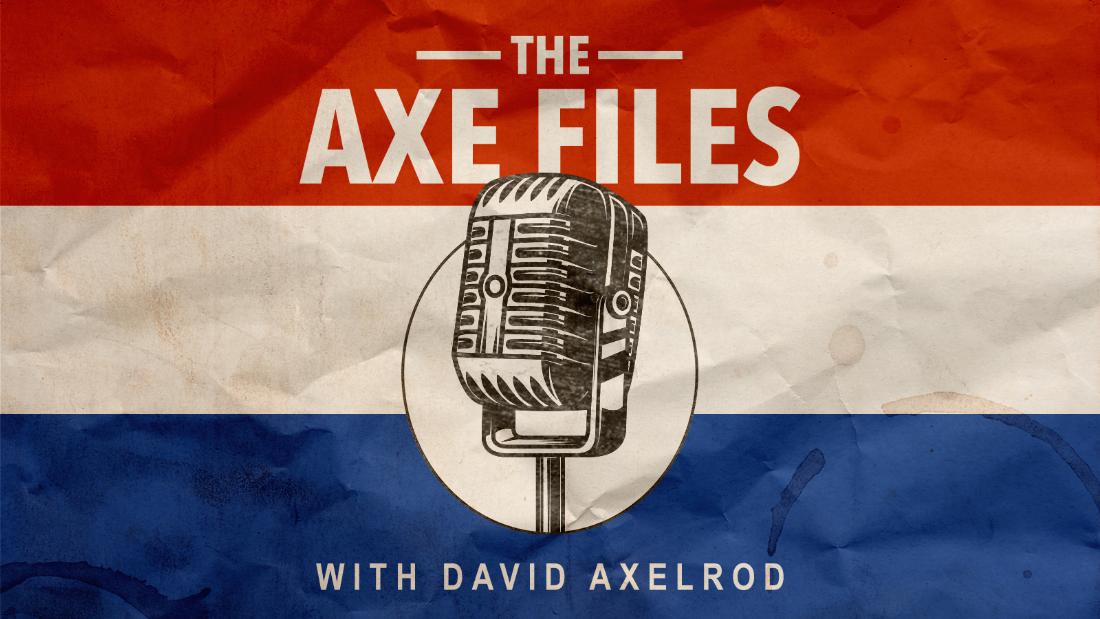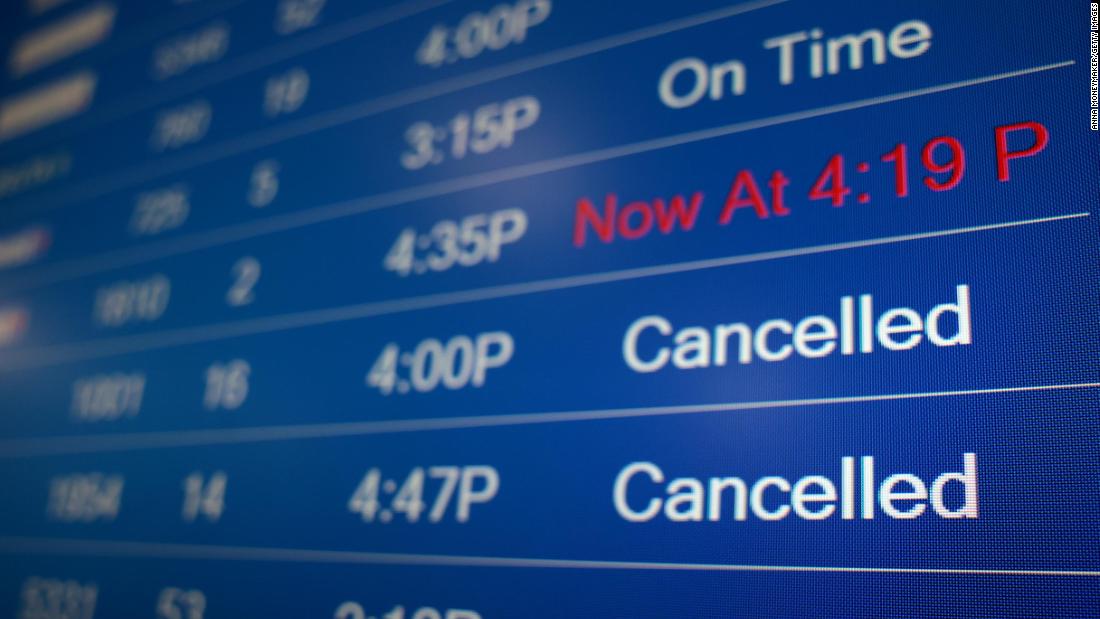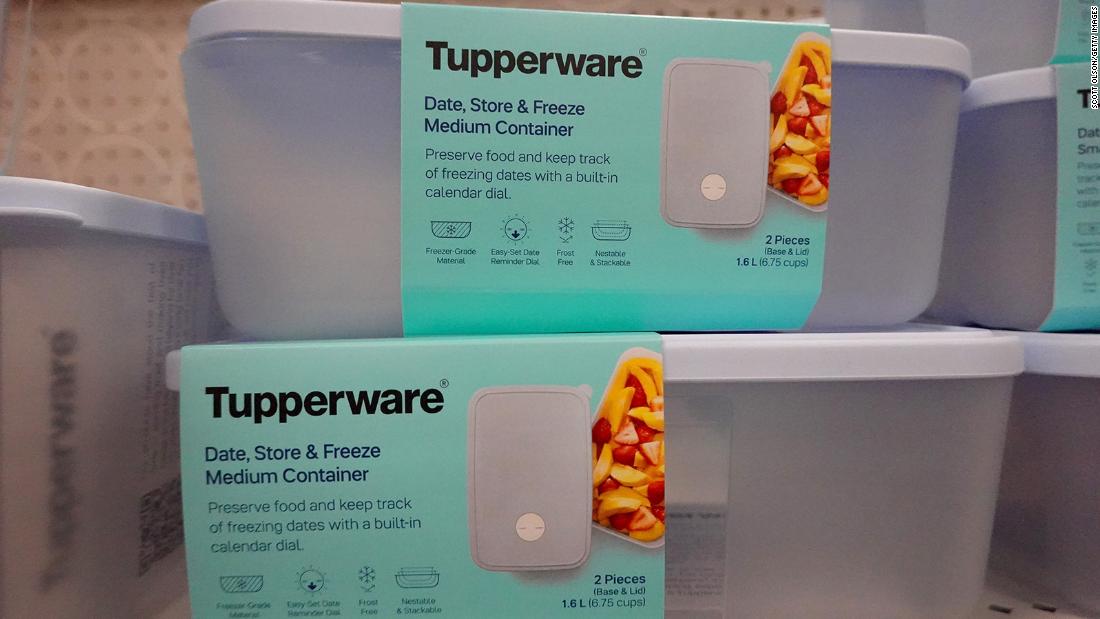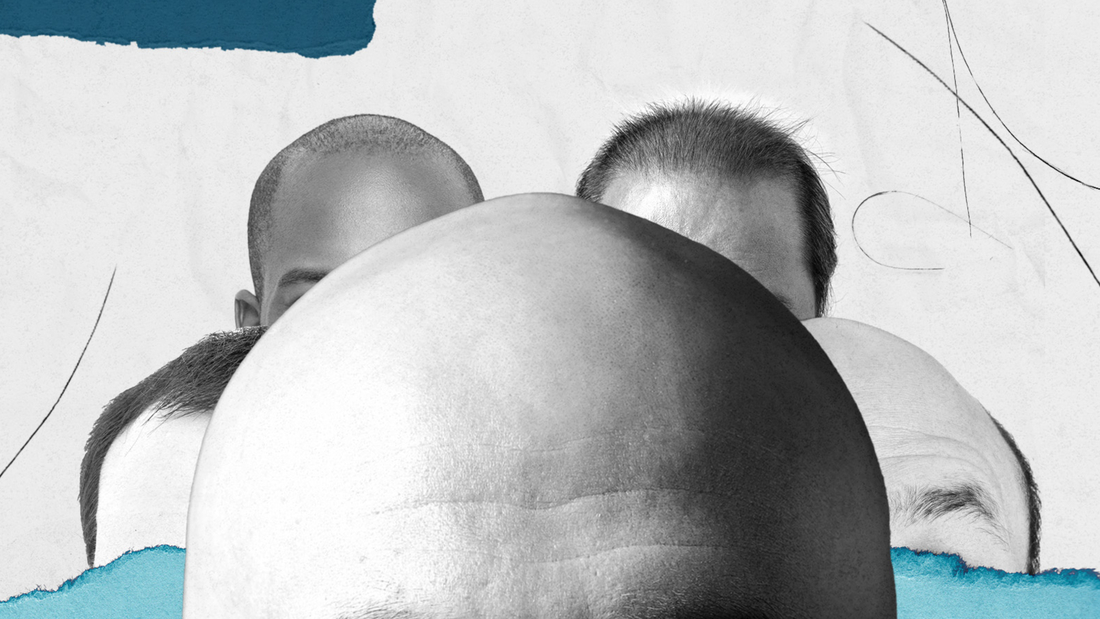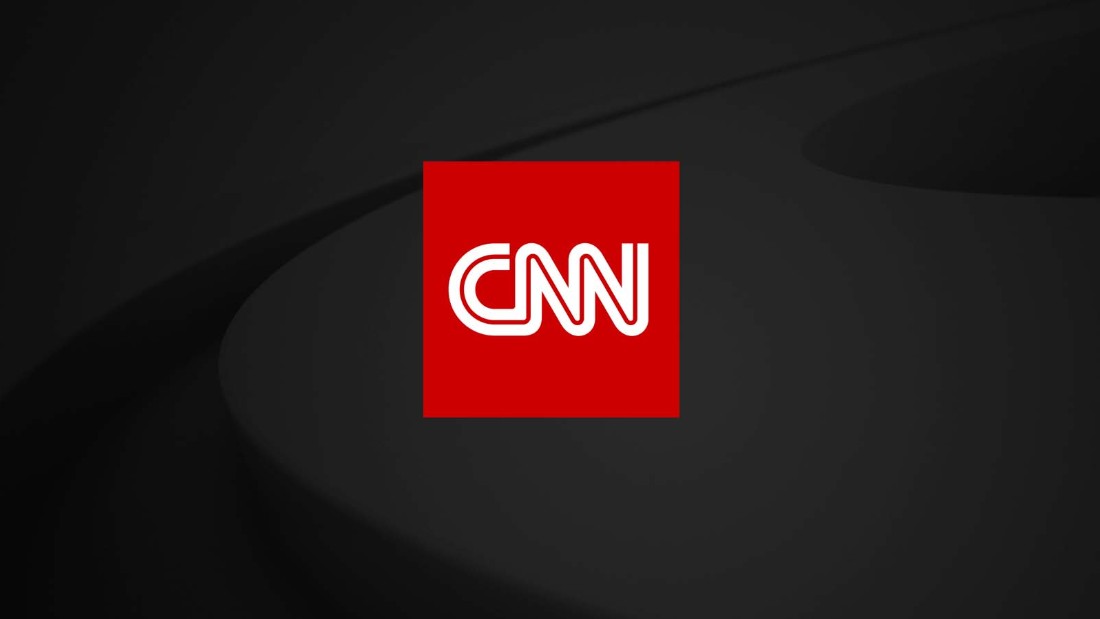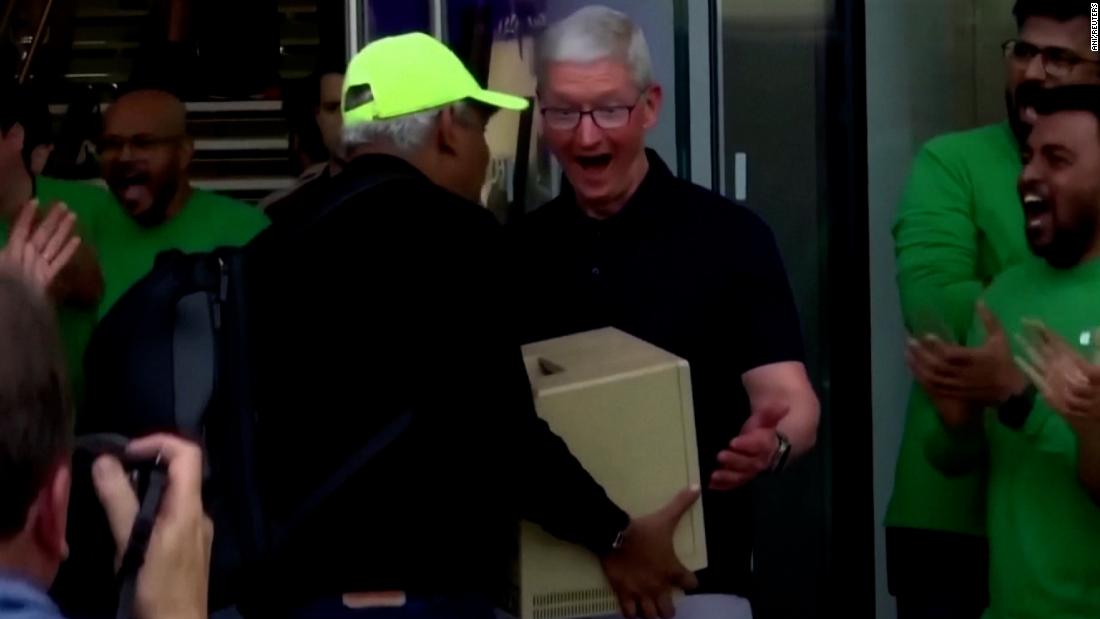A small painting with a colossal profile, the Mona Lisa is the art world’s ultimate status symbol.
It draws millions to Paris every year, dominates pop culture, and still sparks one question more than any other: who actually owns it, and what would it sell for?
AFPThe famous painting doesn’t leave the Louvre[/caption]
Let’s cut through the noise and answer both—clearly, directly, and with the facts that matter.
Who owns the Mona Lisa?
Short answer: the French state. Not a billionaire. Not a museum donor. Not a shadowy collector with a private jet.
The Mona Lisa is a national property of France, held by the Musée du Louvre in Paris on behalf of the French Republic.
Here’s how that happened: Leonardo da Vinci took the painting to France in the 1510s, where King Francis I acquired it after the artist died in 1519.
What began as a royal acquisition became national property after the French Revolution.
Today, under French heritage law, it’s inalienable—which means it can’t be sold, traded, or whisked away to a private collection.
The Louvre doesn’t “own” it in the commercial sense; the museum is its custodian.
France is the owner. Full stop.
This also explains its immovability. The Mona Lisa no longer travels. It sits behind bulletproof glass in a specially designed, climate-controlled case, protected as a state treasure.
If you want to see it, you’ll have to go to Paris. That’s the point: it’s not merchandise, it’s cultural patrimony.
What is the Mona Lisa valued at?
The Mona Lisa has an official baseline: in 1962, ahead of a blockbuster U.S. tour, it received an insurance valuation of $100 million.
Guinness World Records still cites that as the most expensive insurance policy ever taken out on a painting.
Adjust that 1962 figure for inflation and you’re hovering around the billion-dollar mark today, depending on the index and year you use.
You’ll see estimates ranging from approximately $860 million to over $1.1 billion.
Would it sell for that?
If it were ever allowed to hit the open market, it would make every auction record look quaint.
For context, the highest publicly reported price for a painting is $450.3 million for Salvator Mundi, a work attributed (contentiously) to Leonardo da Vinci.
The Mona Lisa isn’t just “by” Leonardo; it’s the most famous painting on Earth.
The brand power alone is unmatched. It would obliterate that record.
But here’s the hard truth: the Mona Lisa is not for sale, which makes any exact dollar figure hypothetical.
As a state-owned, inalienable masterpiece, its market value is functionally irrelevant.
That’s why insurance conversations today are moot – the painting doesn’t leave the Louvre, so typical travel insurance isn’t needed, and on-site state collections are effectively self-insured.
So, how do experts think about value in this context?
Insurance value: A bureaucratic number used for risk coverage when workers travel. For the Mona Lisa, that $100 million benchmark from 1962 remains the famous reference point.
Market value: What someone would pay at auction. For the Mona Lisa, this is theoretical—and almost certainly beyond $1 billion.
Cultural and economic value: The real kicker. The painting’s gravitational pull yields an outsized economic impact for France and the Louvre, influencing tourism, sponsorships, and global soft power. Try putting a price on that.
It’s also worth ditching one popular misconception: you cannot “work out” the Mona Lisa’s value by adding up Leonardo’s materials and labour.
That logic applies to crafts, not cultural icons.
The painting’s worth comes from rarity, authorship, condition, scholarship, mythology (including its 1911 theft), and its central role in our collective imagination.
Financially, the only historical benchmark is the 1962 insurance valuation of $100 million—roughly equivalent to $1 billion in today’s money.
Realistically, if it ever crossed the block (it won’t), expect a number that would redefine the ceiling of the art market.
In other words: owned by France, valued at about $1 billion on paper—and truly priceless in the only way that matters.
Published: [#item_custom_pubDate]













